|
The rear window on this truck we found parked outside a Moab rock shop says, "4 out of 5 voices in my head say go for it." In 2018, I listened to those voices and committed to post weekly to this photo blog. In March, we posted peter-peter-peter and the BAND with this image of a singing titmouse. The post shared the modern paleontology view that birds are direct descendants of dinosaurs. Think modern day velociraptor when you watch your next bird belt out a tune. In April, we spent a couple of posts visiting the issues of light pollution and the joy and wonder of finding a visible night sky. The first called The Color of Black and White featured an image from a very dark sky in Utah while the second, It's Not That Far From Here, explored the night sky from the the Pisgah Forest near the southern entrance to the Blue Ridge Parkway. If you have ever wondered what it is like to venture out in the middle of the night away from city lights to take in a truly dark night sky, check out one of the posts. As I noted then, it is both invigorating and disorienting to be out in the dark away from civilization and your comfort zone. And, while you can easily get lost if you are not careful, you will have a unique experience that will remind you of the vastness of the universe and our small place in it. Night sky viewing takes you back in time. The light you see from the stars and planets started traveling our way millions and even hundreds of millions of years ago.the sky you see in dark places is the same sky our ancient ancestors viewed at night. Consistent with looking back in time, we also used April to visit Cleopatra and Julius Caesar, using the images they left on their coins in our entries on Ancient Social Media and A Selfie of Cleopatra. The entries include coins from the Ancient Selfies Collection featured in my 2017 book Ancient Selfies, a 2017 International Book Awards Finalist and 2018 eLit Awards Gold Medal Winner. The coin above was issued to pay a young Cleopatra's troops in 48 BC while she and they were pinned down in Cypress by her brother's armies. Shortly after, Julius Caesar arrived in Alexandria and demanded to see both siblings. Cleopatra snuck into Alexandria wrapped in a rug and changed the course of history. May took us to Yellowstone and gave us perhaps my favorite posting of the year - Magic Mike and the Otter - where we relate our experience touring Yellowstone in a snow storm with one of the worst guides on the planet. But, how bad could it be if it generated images like the one above? Think Ace Ventura with a chili dog smeared across his face dragging four Atlantan's around in a mad rush to see his first wolf of the season. The day failed in its guide's primary objective but provided lots of entertainment. That's a coyote above, just one of many interesting sightings we did make that day. The wolf came the next day, early in the morning when I was without a guide and had stopped to watch a pair of elk grazing along side the Madison River. In our Wolf in the Wild posting, I relate the heart-pounding experience of watching a lone wolf confront a elk less than a hundred yards away from where I was standing. Of course, this was not all we saw or wrote about from our trip. Moose and grizzly bears also featured prominently in our visit and our blog. The moose we found ourselves surprisingly close to when he ambled out of a willow stand not 10 yards away. Revisit that experience at Moose-a-boo and The Moose Whisperer, the two posts we dedicated to that adventure. The bears we experienced from greater distances (thank goodness). Our first experience was a bear jam just south of a construction zone in Yellowstone, along a route Magic Mike had taken us the day before. You can visit that at Grizzly Jam or join us a few days later in Grand Teton National Park as we catch up with Griz 399, perhaps the most famous grizzly bear on the planet. The surprise of the summer, however, came closer to home. For the last few years, we have been seeing great blue herons just across a cove from our cabin in North Georgia. Last year I found what I thought was "the" nest responsible for all our sightings high in a pine tree next to the water. This year I had a few days to search out the nest in my kayak, heading out several mornings and evenings to search for this year's heron's nest. Over the course of a few outings across the cove (I was not the brightest crayon in the box on this one), it became apparent that not only was the nest occupied with young herons but that there were several nests - a great blue heron rookery - on the island that hosted the first nest. Who knew herons nested in rookeries? I wrote about this a few times, capturing the closeup below in the posting called Great Baby Blues and images of the herons nesting high above in Seeing Through a Lens. and Dinosaurs Across the Cove. If you would like to see a cormorant launch himself from a log in the water near the rookery, check out The Launch posting. Perhaps a favorite heron (or dinosaur) image came from one of these trips across the cove. Seen below is a young heron waiting to be fed in a nest several stories up. I think this chick looks positively prehistoric, a worthy heir to its direct line to the ancient Tyrannosaurus family. Ancient Odysseus, the clever Greek wanderer, entered my mind when I saw this hulking Oldsmobile in a North Georgia junk yard. The place was filled with hood ornaments and logos that hailed back to ancient heroes. This particular rusting old car, however, is what brought to mind the spent figure of Odysseus sneaking back into his home after decades at sea. This connection and the image of Odysseus from an old Roman coin sparked the discussion in the Ancients Among Us post. And that is just part of our 2018. We also posted thoughts an images from great National Parks in California and the West. Joshua Tree, Death Valley and the geologic wonders of Yellowstone all caught our interest. And then August took us far from our comfort zone. Twenty-four hours of flights and layovers to go somewhere we had never been before - the wilds of Kenya. More about all of this in our next Venture Moola Retro posting. _____
All photos and text are copyright Clinton Richardson. If you like these posts, please tell your friends about the Venture Moola blog at Readjanus.com. And, feel free to share this blog. The more readers the better. Click here if you would like to get a weekly email that notifies you when we release new entries. Or, click in the side column to follow us on Facebook or Twitter Our first night at the Rhino Camp in Ol Pejeta was like our nights at the other camps. The tent was similar and located a short walk from the dining tent. And, we were escorted to our tent and zipped in after dinner by one of our Maasai hosts. What distinguished it, however, were the chewing sounds and grunts that woke me up in the middle of the night. They were coming from directly behind the bed. Outside the tent, mind you, but close enough to be able to tell that horns of some sort pushed against the tent wall. Surprisingly, I did not feel any concern. We were zipped in after all. But in the morning we discovered just how big our visitor was when we found a steaming buffalo paddy next to the walk way between our tent and the dining tent. A waterhole across a small stream from our tent also reinforced how close we were to the wildlife. During our short stay we saw elephants, gazelles, baboons, rhino and monkeys there. The steep banks of the stream provided a natural barrier providing us with an idyllic setting to watch the African parade of life. Our ride out each morning took us through a tree filled area up a hill where we reached an open plain. The first morning out we spotted a mature male lion in the acacia trees by the side of the road. Our driver tried to follow but could not get through the thick and spike-filled trees. The second morning out we spotted this fellow, a black rhino, peering through the trees. Like the lion, he was just a few hundred yards from the camp entrance. You would expect the rhino to be plentiful near a Rhino Camp and they were. This white rhino on the plain near camp is a good example. The bird on his back is an oxpecker. They groom rhino, giraffes and other animals. The ones in the grass with the iridescent coloring are local starlings. As we shared in an earlier post, the lions are at Ol Pejeta as well. Everyone gets excited by the lions - the drivers, the spotters, and the camp staff. They are not just the focus of the camp but like the other big cats - Leopards and Cheetah - they are all given names, a distinction reserved to the big cats the majestic elephant. But other species we saw were just as interesting in their own way. Take the eland, Africa's largest antelope. The adult male stands about five feet at its shoulder. Despite their size, they are agile enough to clear a four foot fence from a standstill. Or the ostrich, the seven to nine foot tall flightless bird that can sprint up to 43 miles per hour and run at 31 miles per hour for extended distances. Ostrich kicks can kill a lion or a man with its kick. The waterbuck, whose furry neck makes it a less favored choice among lions and other predators is abundant here as well. As their name suggests, they are rarely far from water. Our other neighbors at Ol Pejeta included the zebra, abundant and pregnant, gazelles, warthogs, hyena and jackals. _____
All photos and text are copyright Clinton Richardson. The images are from the author's Safari Collection at Trekpic.com. If you like these posts, please tell your friends about the Venture Moola blog at Readjanus.com. Want to plan your own safari? If so, feel free to check out the outfitter we used at Porini.com. And, feel free to share this blog. The more readers the better. Click here if you would like to get a weekly email that notifies you when we release new entries. Or, click in the side column to follow us on Facebook or Twitter. Merry Christmas to all - Christians, Muslims, Jews, Hindus, Buddhists, and other believers and non-believers. Happy holidays to all who wish for a world big enough, healthy enough and compassionate enough to sustain our wildest and most vulnerable creatures. May we find peace and hope in a world that makes room for wild creatures great and small. May we find time for play and joy. And stand tall for the young who need our compassion and care. May we cherish diversity and support a world able to sustain our planet's young and vulnerable. May we stand confidently before the challenges life brings us. And care for one another. May we dance and keep safe those who dance in far away places. May we see the tenderness in all creatures. And protect the most vulnerable. Including those smaller than a feather. May our young be nourished. And, live full and wild even in the shadow of great cities. May our families flourish along the paths they follow. And in their homes, safe and secure. May we run with joy and exuberance. And enjoy the quiet and softening light of day's end. May we sleep the sleep of young lions. And, always keep some wiggle in our walk. Happy holidays from the Venture Moola photo blog. _____
All photos and text are copyright Clinton Richardson. The images are from the author's Safari Collection at Trekpic.com. If you like these posts, please tell your friends about the Venture Moola blog at Readjanus.com. Want to plan your own safari? If so, feel free to check out the outfitter we used at Porini.com. And, feel free to share this blog. The more readers the better. Click here if you would like to get a weekly email that notifies you when we release new entries. Or, click in the side column to follow us on Facebook or Twitter. If you are old enough you may remember a TV program called Hogan's Heroes. It was a comedy set in a fictional German prison camp during World War II. Hogan was an Allied prisoner and head of a Special Operations unit within the prison that kept foiling the best efforts of Camp Commandant Wilhelm Klink and his incompetent Sergeant Hans Schultz. I could not help thinking about that old comedy when we took a side trip one afternoon to the Chimpanzee Rescue Center Conservancy located in the Ol Pejeta Conservancy. It did not help that it had a fence worthy of a prison camp or that the earnest young Kenyan who served as our guide had a stutter that kept interrupting his otherwise fast-talking presentation. He was gracious and gave us a thorough tour as we walked together around the fence but there were only a few chimpanzees to see. It turns out they do not come out of the shade when it is hot. Since the facility does not open until 11 a.m. and closes at 4 p.m., my guess is visitors rarely see many of dozens of chimpanzees who have been rescued and sent here for rehabilitation. None of this, however, diminishes the good work they do at the conservancy. And the chance to see this facility was worth the hour or so it took from the day. Still, the experience paled compared to the native animals we saw wild as we drove to get there. Our visit to the chimpanzee conservancy came toward the end of a morning drive that treated us to our first viewing of reticulated giraffe. Their distinctive markings give them a very different look from the Maasai giraffe we had already seen. Above, you can see them as we did cresting a hill. We had actually first caught sight of them earlier while we were watching this mother and young black rhino in some tall grass just off our dirt road. In fact, we followed the activities of these two rhino for quite awhile before we realized giraffe were near. You can guess they are the smaller black rhino, instead of white rhino, by their location. Black rhino eat bush more than graze on grass. Their upper lip is pointed and designed to pick leaves off a bush. The close up below of the younger rhino shows the distinctive upper lip. Here you can see in the background what we were missing as we watched the young hippo romp around in the grass. If you look closely you can see six giraffe watching us and the two rhino from a safe distance. When we finally, looked up and behind the rhino this is what we saw. Several reticulated giraffe grazing in the distance but keeping their eyes on us. The closer view below, taken after we left the rhino and headed out, will give you a better idea of just how distinctive the reticulated giraffe's coat pattern is. The third one from the right is busy munching as it goes from one tree to another. Wart hogs, jackals, hartebeest, elephants, storks, gazelles and impala also filled our elongated morning drive that day. After lunch and a break we headed out for a full evening drive that included the sundowner surprise we discussed in last week's blog - a pride of 12 lions on the hill near our picnic spot. That same drive brought us into close contact with the spotted hyena. First, we caught an adult crashing in and out of the brush beside our moving vehicle that left me thinking how big, fast and menacing he looked. Then later, we got a closer look at a hyena nest that was full of pups. An adult stood guard near the nest as we pulled our vehicle close. She, or he, was tense and vigilant. The pups, however, appeared more curious than nervous. Perhaps the most interesting moment from this afternoon drive happened when we headed back to camp. We were late and it was getting dark when we spotted four giraffe on the left side of our vehicle not far from camp. All of them were staring off into the distance toward the camp. "Leopard," our guide said. "She must be up ahead." The spotter turned on a bright red lamp near the windshield and quickly located a leopard in the bush, who darted in front of the vehicle and then belly-crawled through the bush out of sight. I missed it entirely as I was in the back of the vehicle but those in front caught a glimpse. Our companions were happy to provide full descriptions over dinner that night. Would I see the leopard on the trip? We still had six days and four of them were in lion country. There was still time to see this most elusive of cats. - - - - -
All photos and text are copyright Clinton Richardson. The images are from the author's Safari Collection at Trekpic.com. If you like these posts, please tell your friends about the Venture Moola blog at Readjanus.com. Want to plan your own safari? If so, feel free to check out the outfitter we used at Porini.com. And, feel free to share this blog. The more readers the better. Click here if you would like to get a weekly email that notifies you when we release new entries. Or, click in the side column to follow us on Facebook or Twitter. Because we are on the equator, the days and nights both last 12 hours and the sunrises and sunsets seem to happen relatively quickly. There is great light for photographs just after sunrise and before sunset. Beautiful hues of reds and blues filled the skies on this overcast night as the sun began to set. This particular evening, however, will be remembered more for what happened just before sunset. We were finishing a great afternoon drive with wine and snacks served on a picnic table outside our vehicle. The typical African safari Sundowner. We had driven off the dirt road we were parked on an area of grassland punctuated here and there by small trees, not unlike the terrain in the picture above. Everyone was chatting and reliving the day when the driver and spotter began quickly gathering up the food and chairs and directed us to get back in the vehicle. "Lions," our driver said "I have spotted lions nearby." We moved quickly into the vehicle, feeling at risk only momentarily. It is one thing to see lions from inside the safety of a vehicle. It is quite another thing be told they are nearby when you are standing on the grass. Once we were all back in the vehicle, the spotter explained that he had seen a pride of lions gather on a nearby hill maybe 250 yards away. He started the vehicle and began driving right toward the pride. We counted 12 lions, mostly female, lounging in the grass on a hill and drove to within a few feet of them. They were alert but mostly sitting around watching the horizon. It was early for them to actually be hunting. Seeing so many lions in one place gave us an opportunity to see how distinctive some of them appeared. It was easy to tell one from another, not just because their ages varied, but because their coloration was varied as were the shapes of their heads and even their color and patterns of their coats. The one in the pair below seen staring intently to the left got up to join two others who were between her and the activity that caught her attention. No only does she have a distinctive facial appearance but, as you can see in the next picture, her legs are spotted almost giraffes. After watching the pride for awhile a second safari vehicle pulled up and we pulled up to make room so everyone could see. The lions, for their part, ignored us and went about their business. After a good long look but before the lions moved off the hill to pursue a kill, we headed toward camp. When we got back, we cleaned up and gathered around a fire pit set in front of the mess tent. Folks from the other vehicle arrived and we exchanged stories. As we talked we could hear something across the small stream that separated us from the waterhole. It was too dark to see anything but the sounds we heard suggested something large. And, dinner was called before we could get a big enough light to see what we were hearing. Our imaginations would have to fill in the blank. Whatever it was, something big appeared behind our tent while we were sleeping. I woke up to hear snorting and grazing just behind my headboard. Outside our tent something big was eating and rubbing against the ten wall when it moved. I cannot say with certainty what was dining nearby but the next morning a steaming Cape Buffalo paddy was sitting just yards outside our tent. _ _ _ _ _
All photos and text are copyright Clinton Richardson. The images are from the author's Safari Collection at Trekpic.com. If you like these posts, please tell your friends about the Venture Moola blog at Readjanus.com. Want to plan your own safari? If so, feel free to check out the outfitter we used at Porini.com. And, feel free to share this blog. The more readers the better. Click here if you would like to get a weekly email that notifies you when we release new entries. Or, click in the side column to follow us on Facebook or Twitter. Our game drives at Ol Pejeta, where the Porini Rhino Camp is located, were very productive. The rhino, white and black, were abundant along with their young. But so too were the cape buffalo, zebra, impala, gazelles, birds, jackels and hyenas. On this drive we found ourselves in the middle of a herd of cape buffalo, powerful beasts that look you straight in the eye. They were mostly interested in grazing but there were plenty of young to look after and watching them run about was fun. Then, as I was looking to the left I noticed a very busy bull trying to hook up with a female. She was not much interested and moved just as he did. You can see the result in these two pictures. Above, he is making his approach. His target is facing left. His landing pad is facing right. Below you can see the result. If that is a crash of one kind on the African grassland what follows is a true crash of another kind. A family, or crash, of white rhino we found after we left the buffalo herd proved equally entertaining. To be specific, we came upon a male and female grazing together next to the dirt road that cut through the grassland. With them was a calf the guides estimated was no more than a few months old. While she may have been small she showed no fear. As we watched, she faced us down and threatened to charge. Then she took off running around her mom and then over to her dad, running in circles around him. She stopped there briefly to graze with dad. Then it was back to mom as she headed away from the dirt road onto the open grassland. She followed her mom. briefly. Then she was off again. This time she was after a bird, then a zebra and then a wart hog. Each chase was enthusiastic and bounding. After three short chases, it was back after the zebra for one more try. All her targets easily avoided her charges but she was undeterred. It was like watching a puppy run in a park. She was surprisingly fast and agile. Running with abandon across the grass. She never actually caught up with anything, of course. But the racing was a joy to watch. It was another great day on the African plain.
_ _ _ _ _ All photos and text are copyright Clinton Richardson. The images are from the author's Safari Collection at Trekpic.com. If you like these posts, please tell your friends about the Venture Moola blog at Readjanus.com. Want to plan your own safari? If so, feel free to check out the outfitter we used at Porini.com. And, feel free to share this blog. The more readers the better. Click here if you would like to get a weekly email that notifies you when we release new entries. Or, click in the side column to follow us on Facebook or Twitter. |
the blog
Travel, history, and business with original photos.
your hostClinton Richardson - author, photographer, business advisor, traveler. Categories
All
Archives
July 2023
Follow us on Facebook
|
Check out Ancient Selfies a 2017 International Book Awards Finalist in History and 2018 eLit Awards Gold Medal Winner and
Passports in his Underpants - A Planet Friendly Photo Safari a 2020 Readers' Favorite Winner in Nonfiction
Site Copyright 2024 by Clinton Richardson

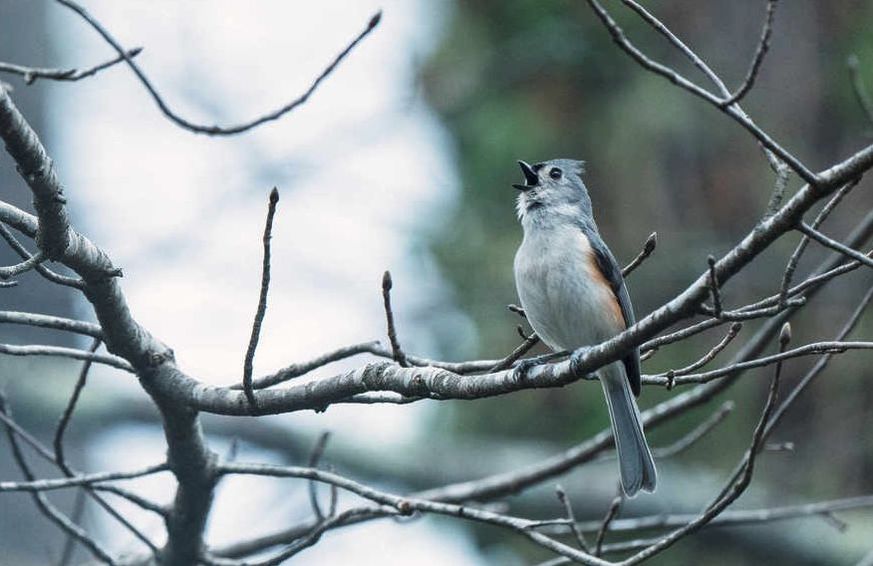
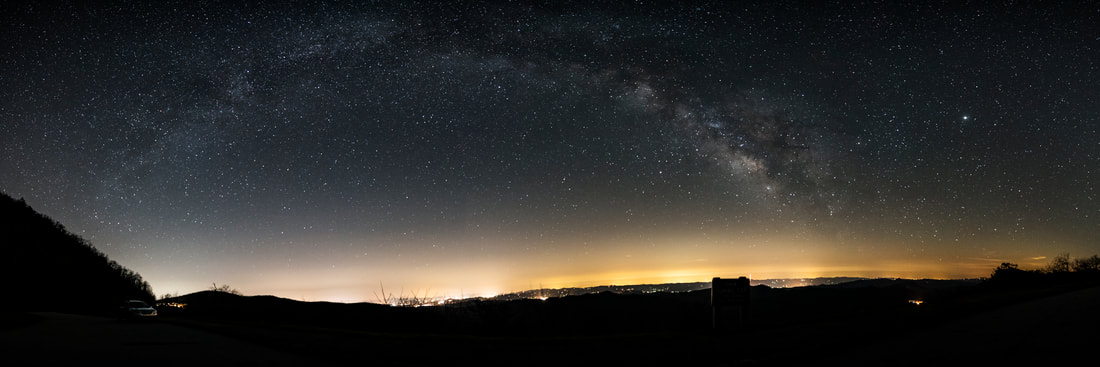
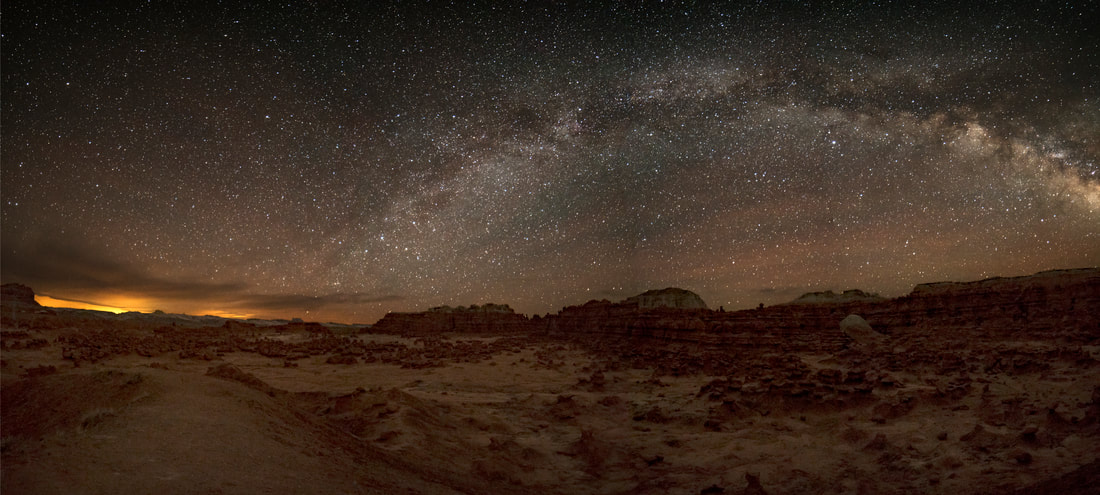
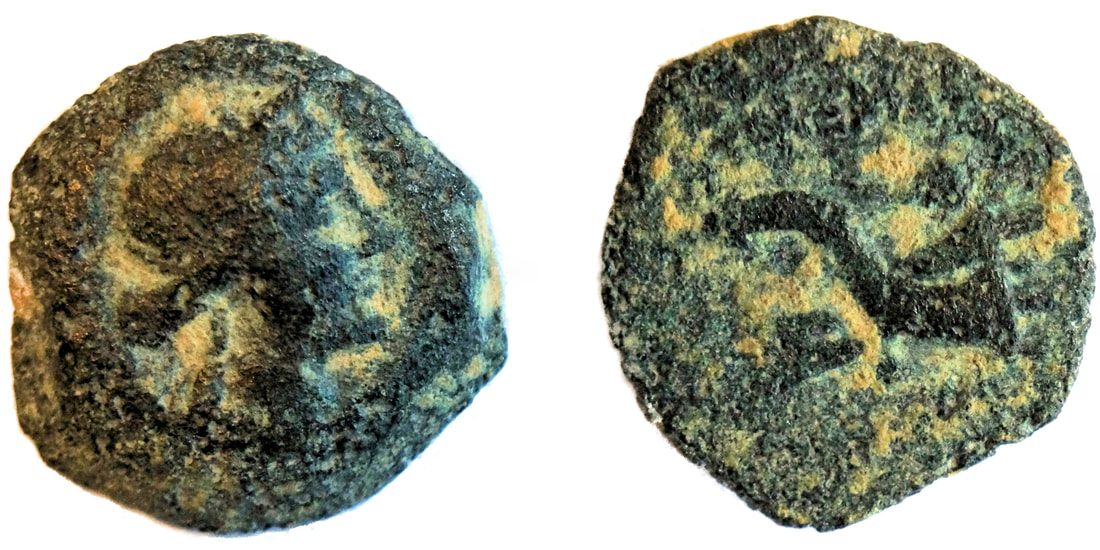
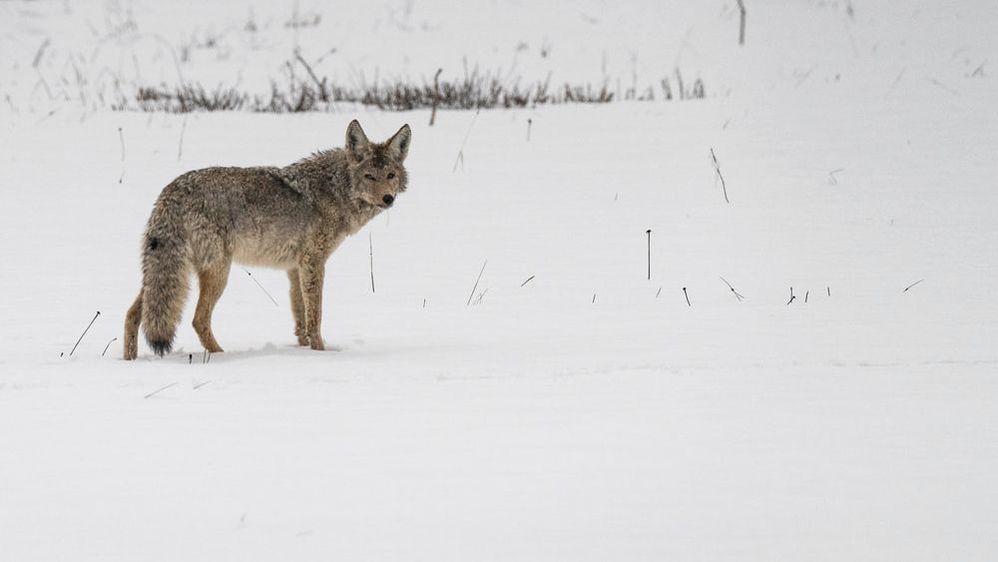
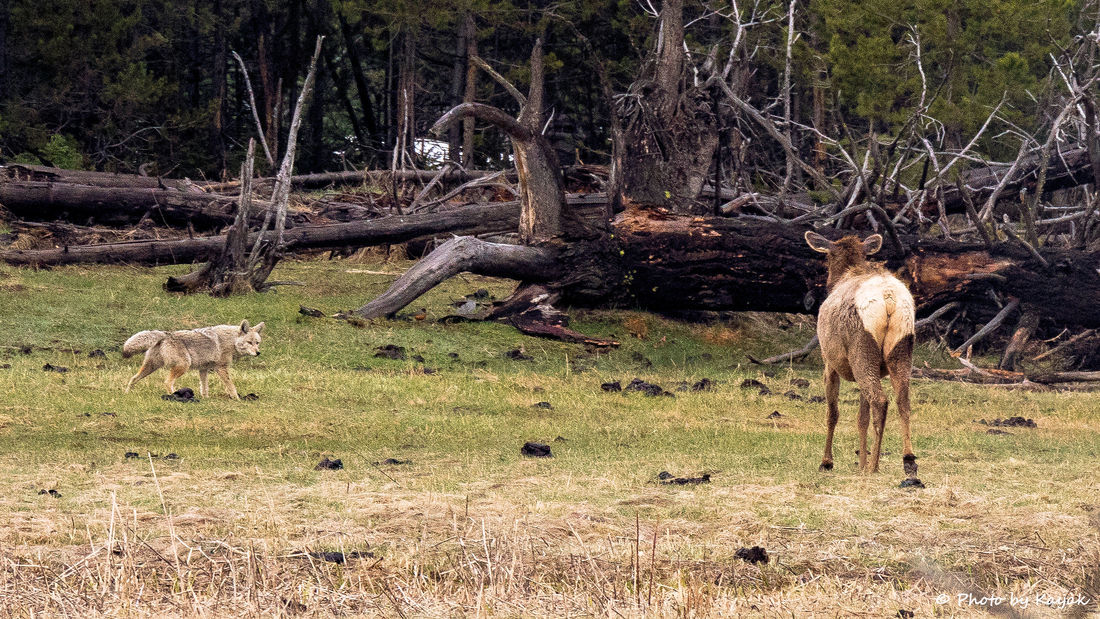
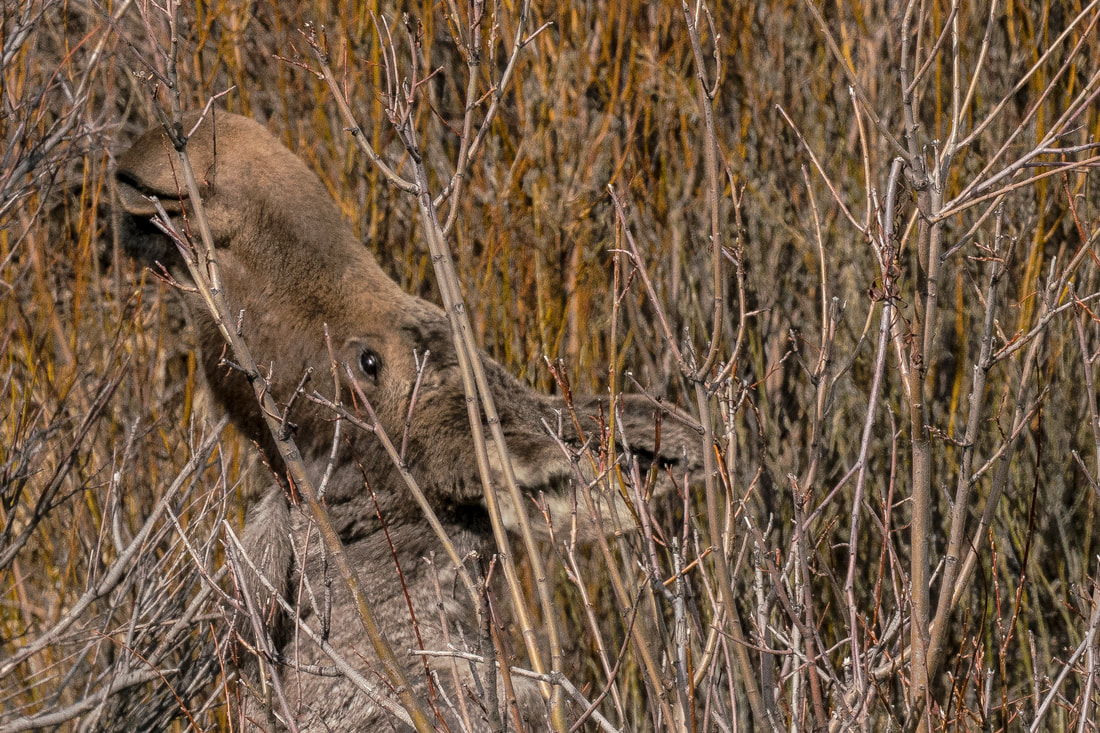
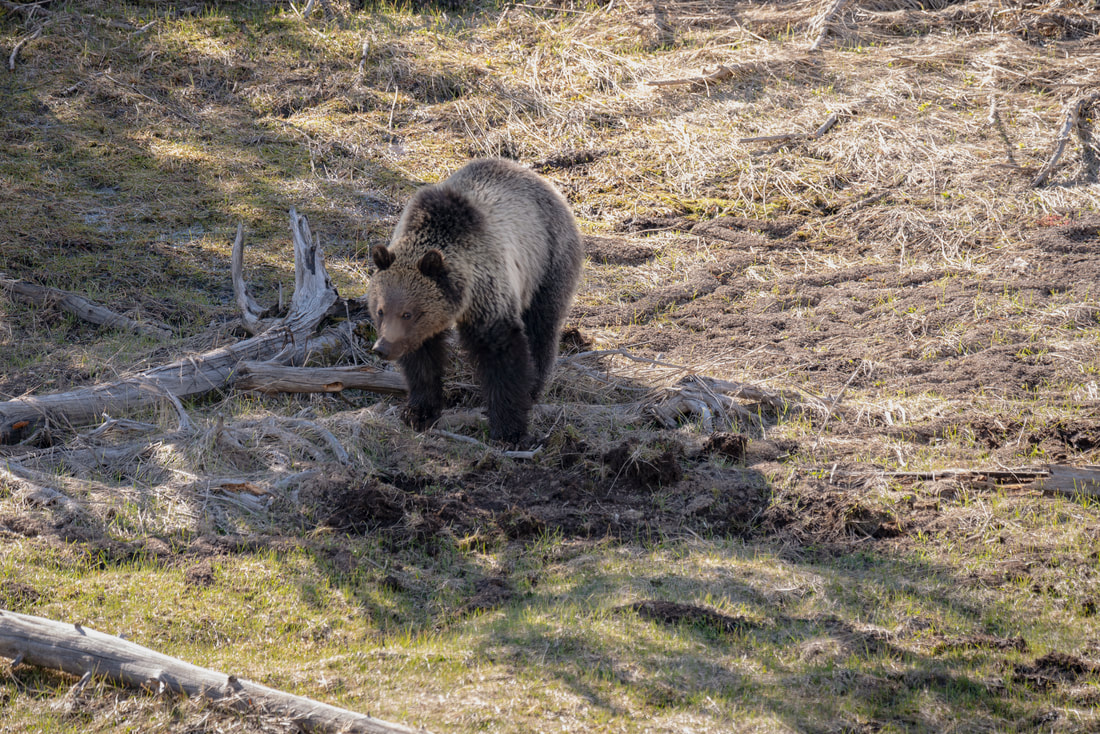
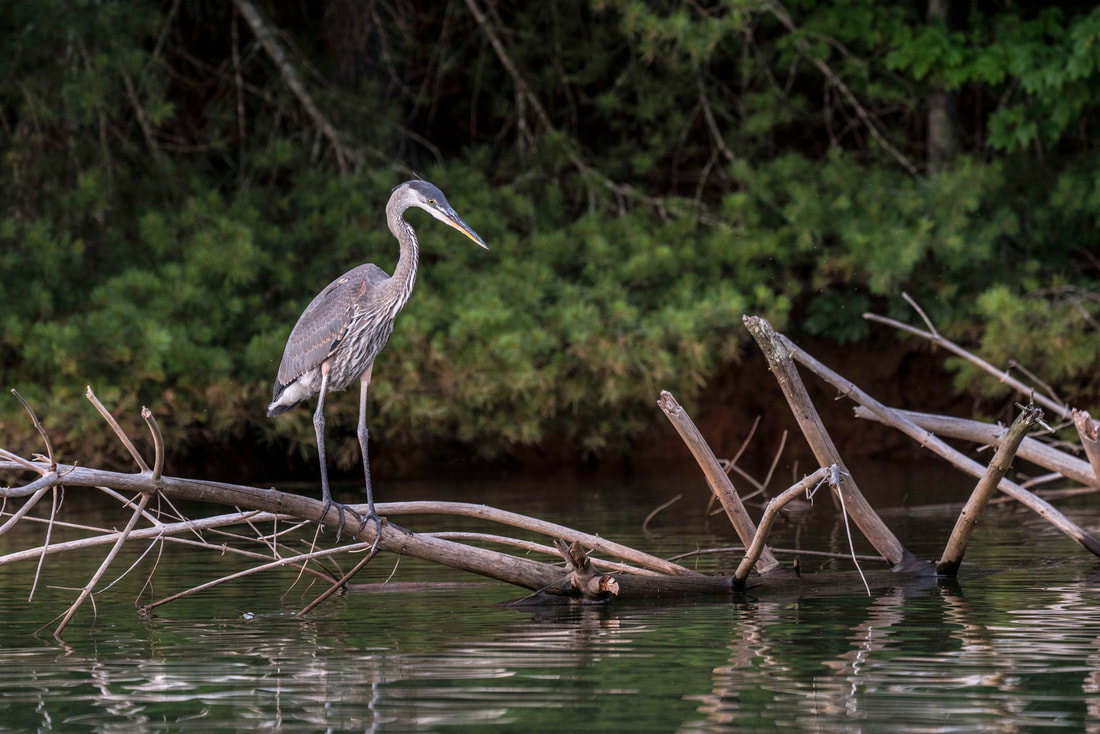
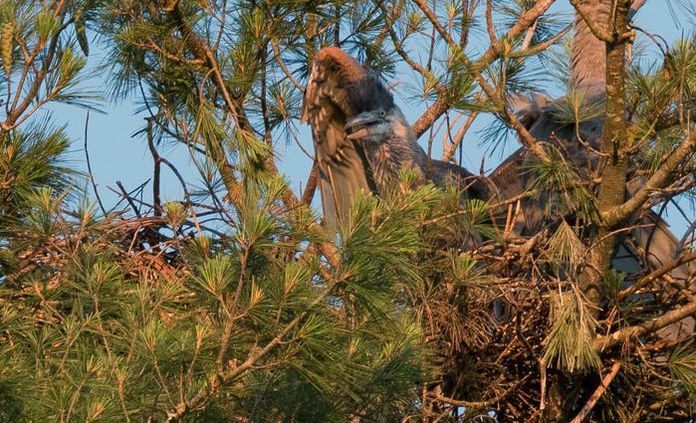
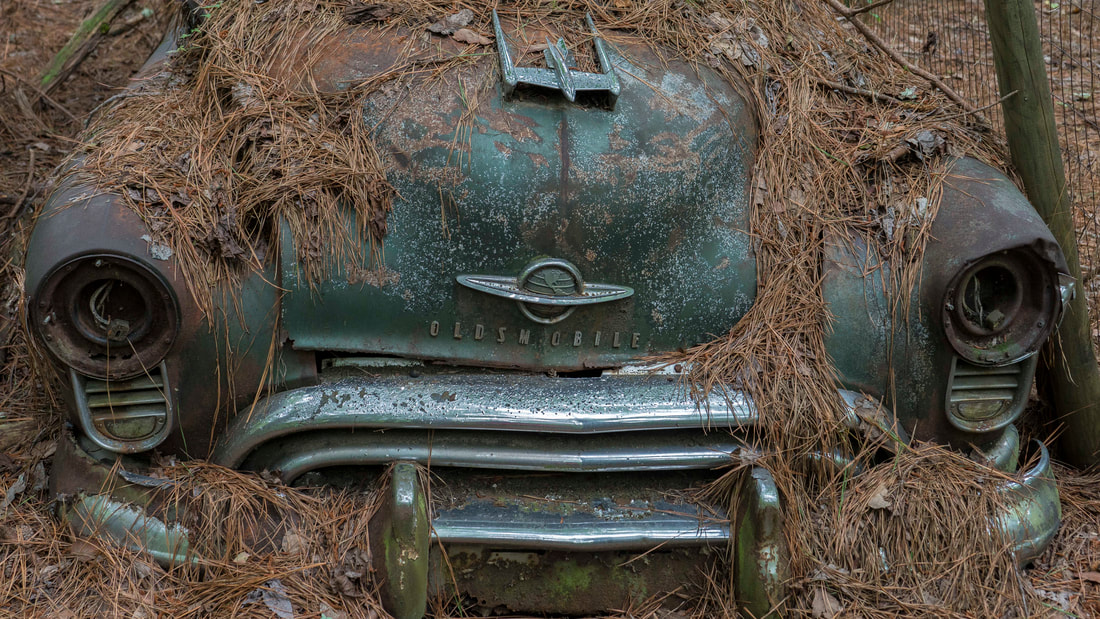
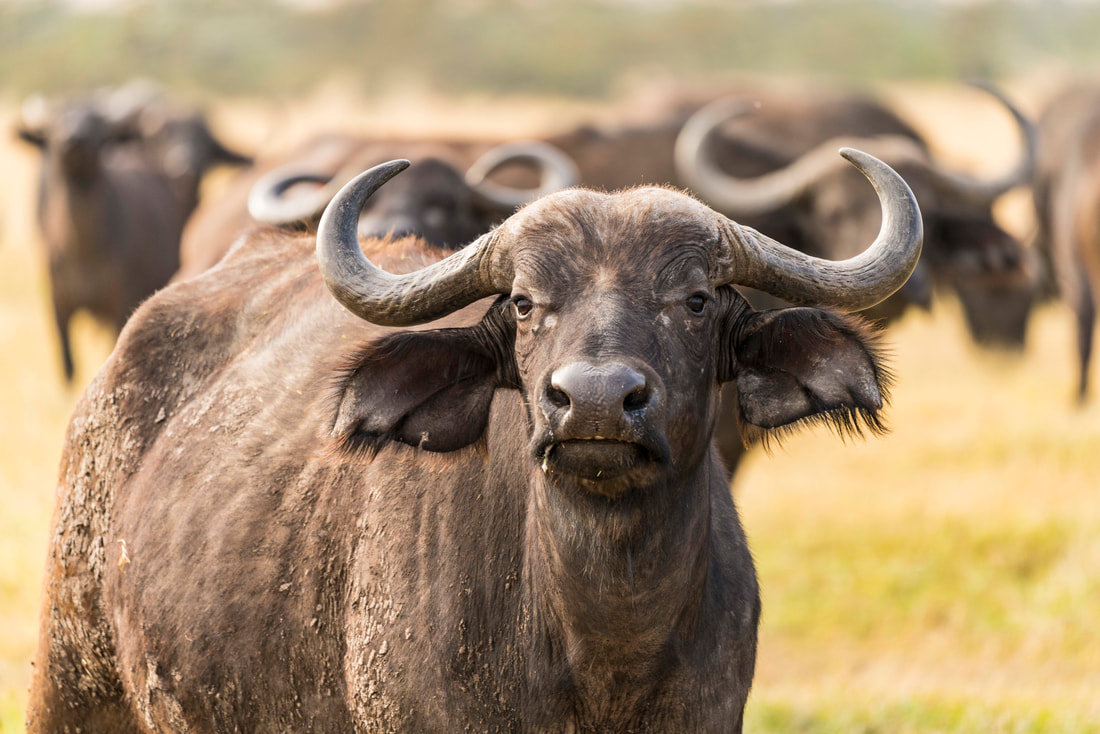
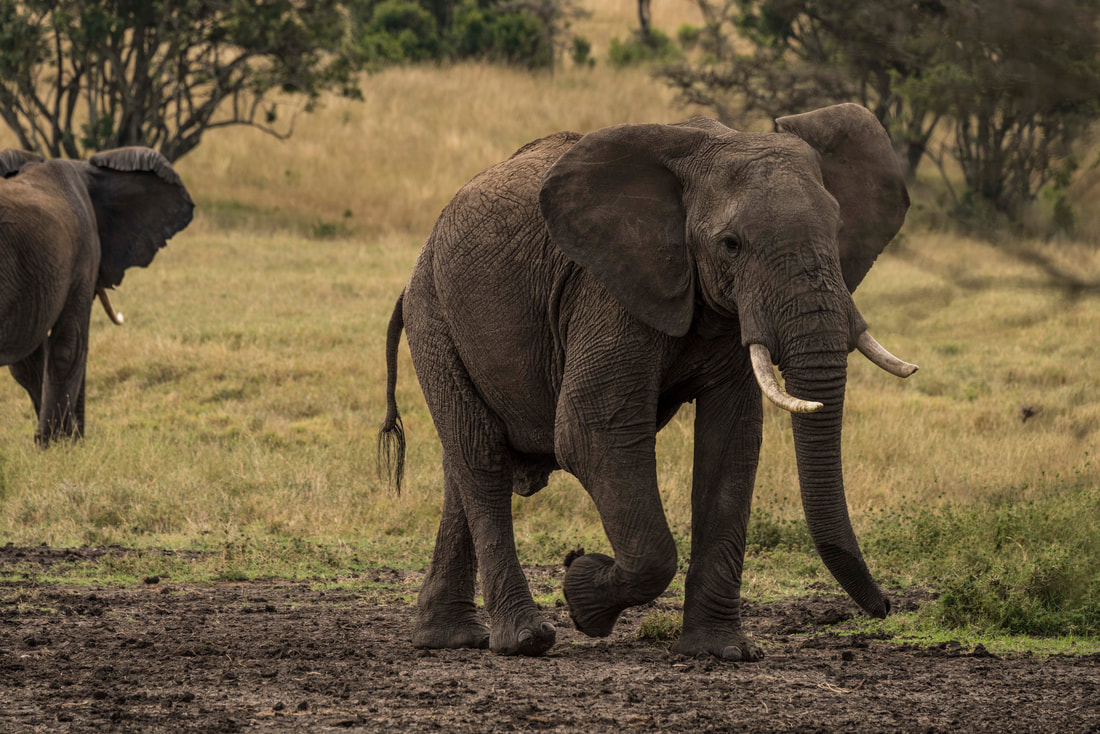
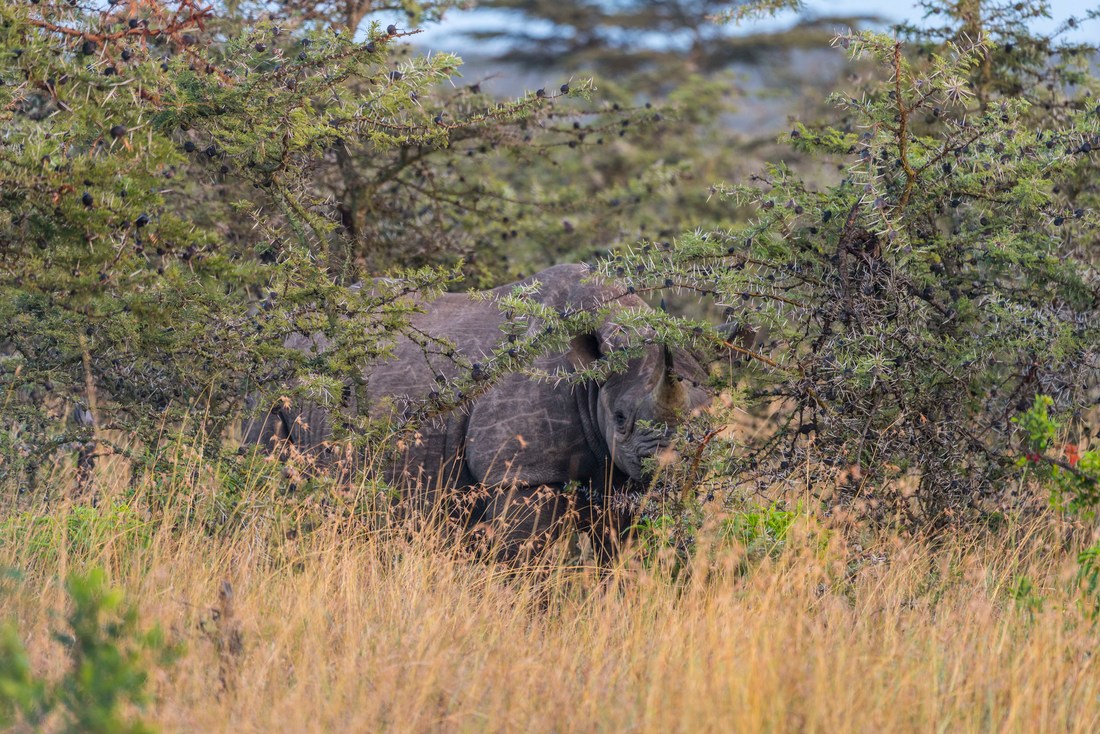
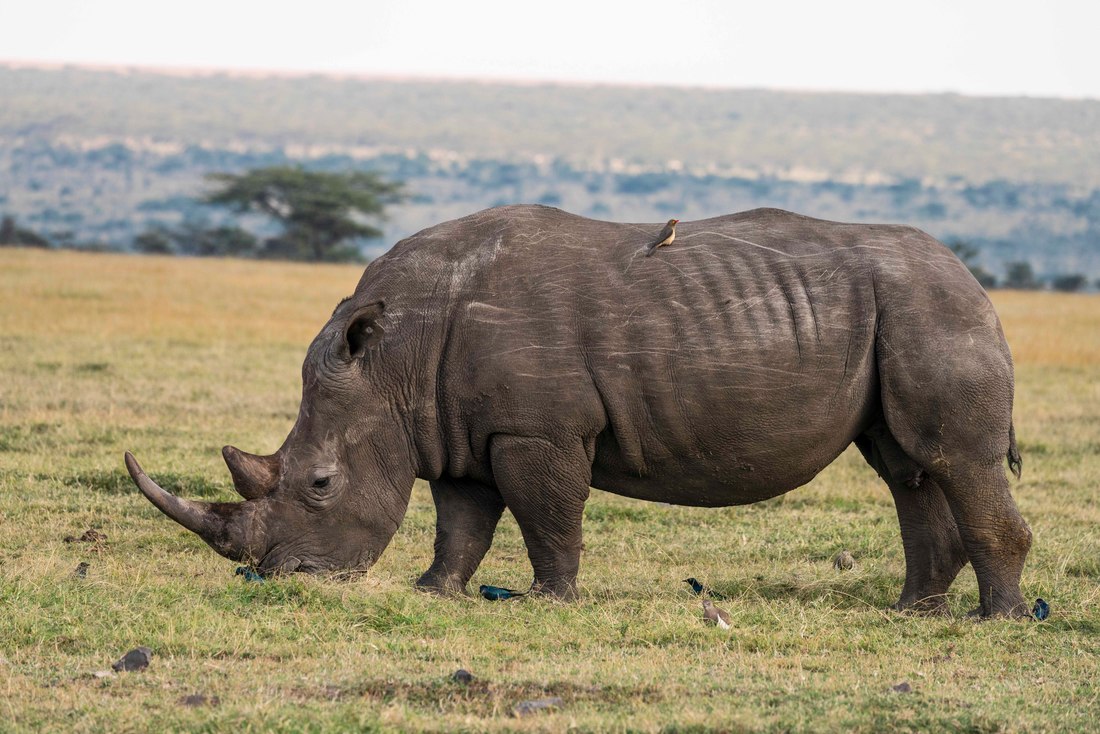
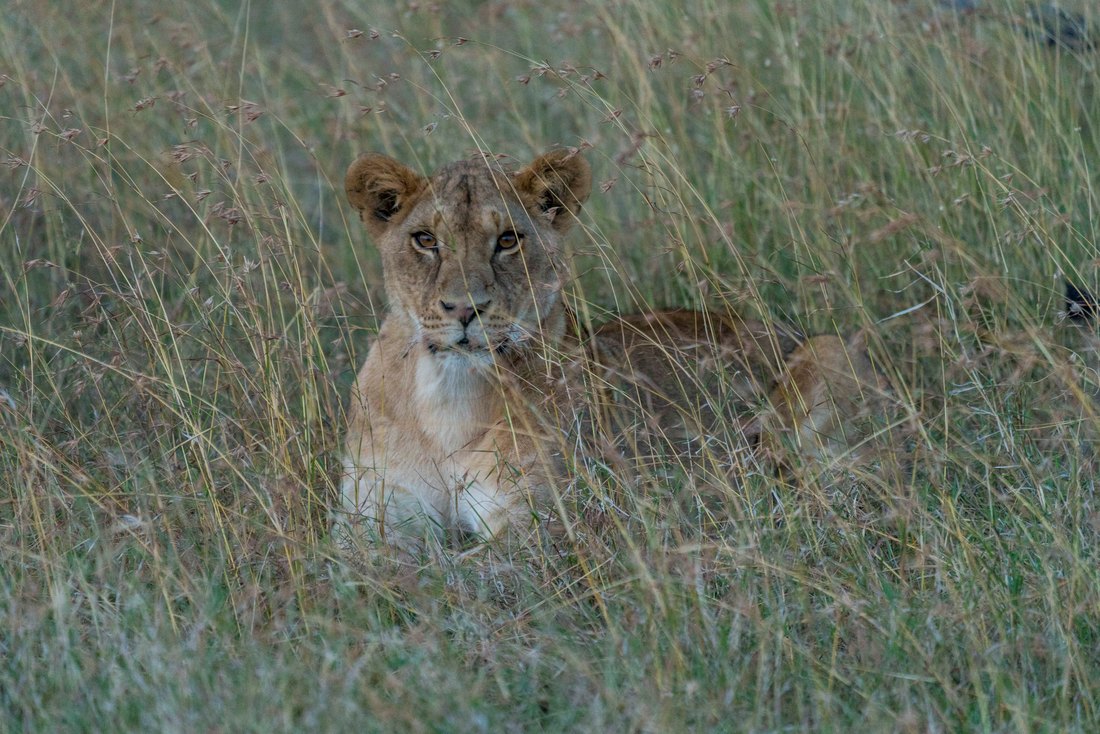
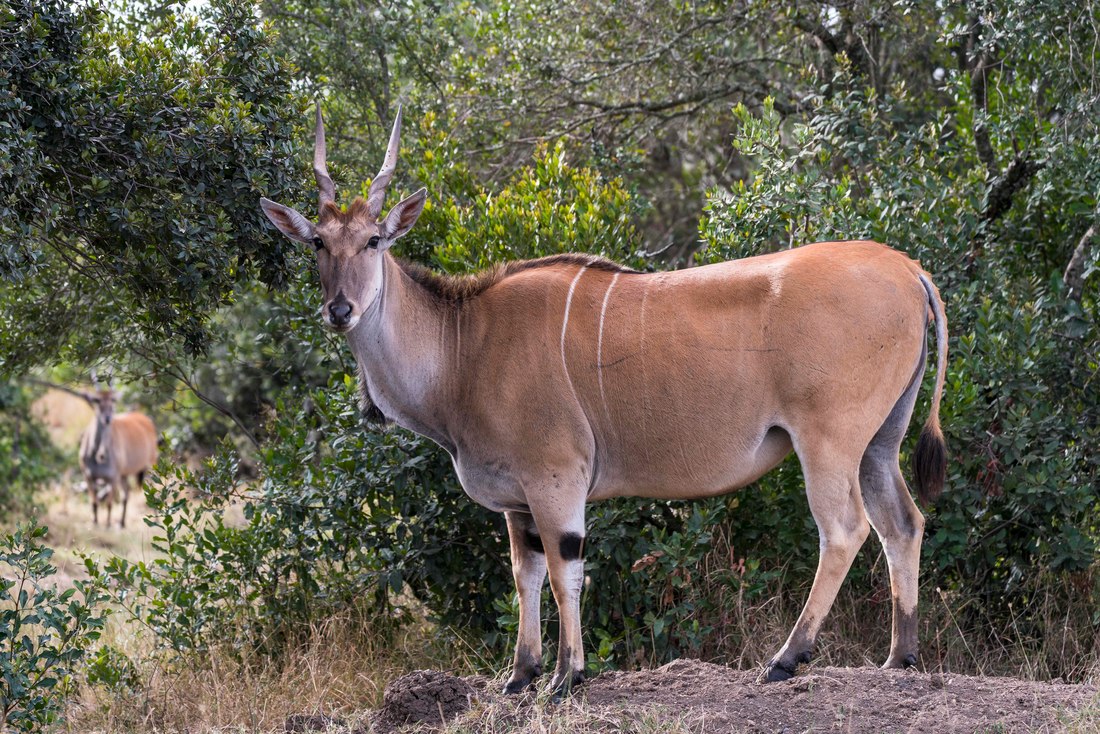
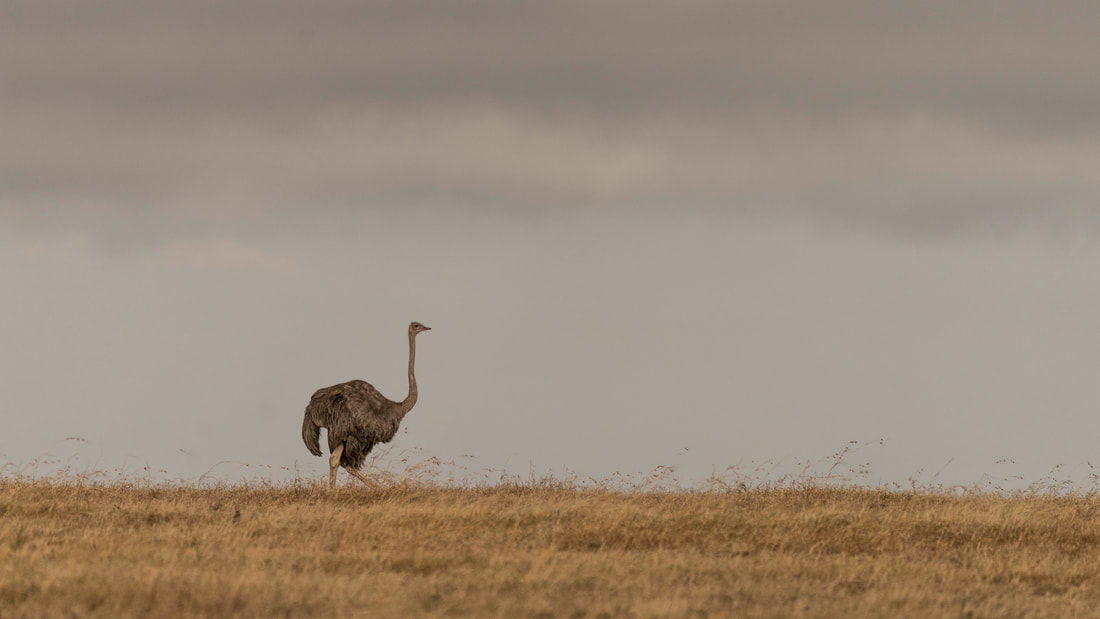
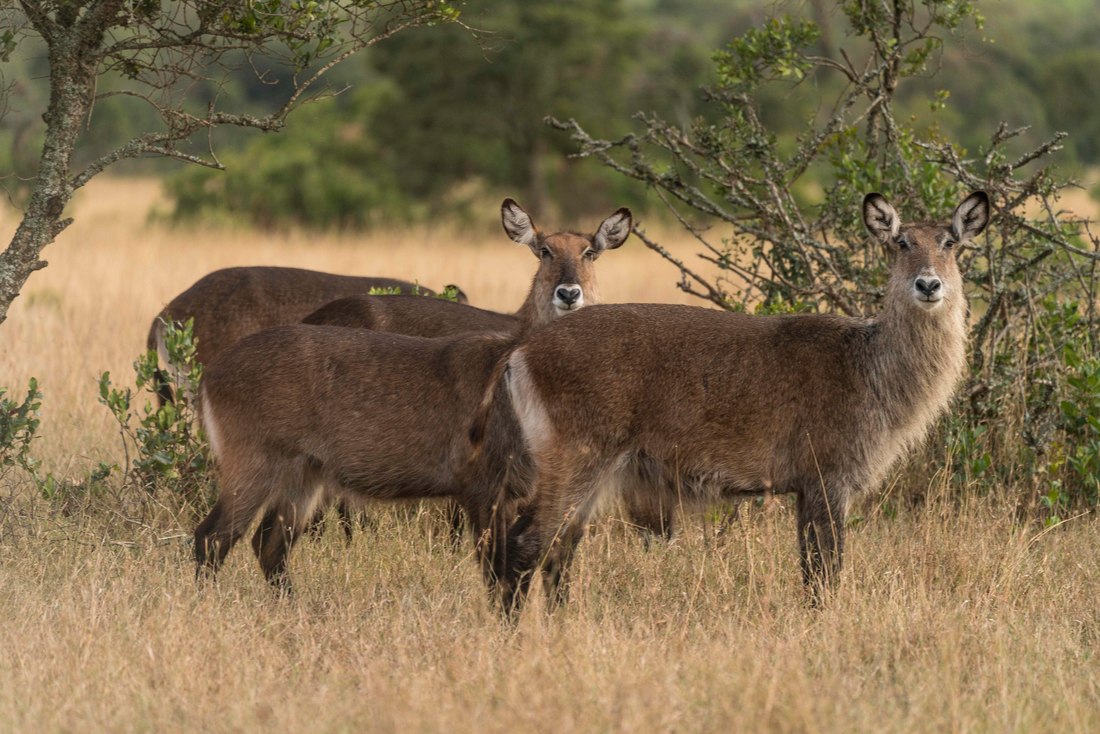
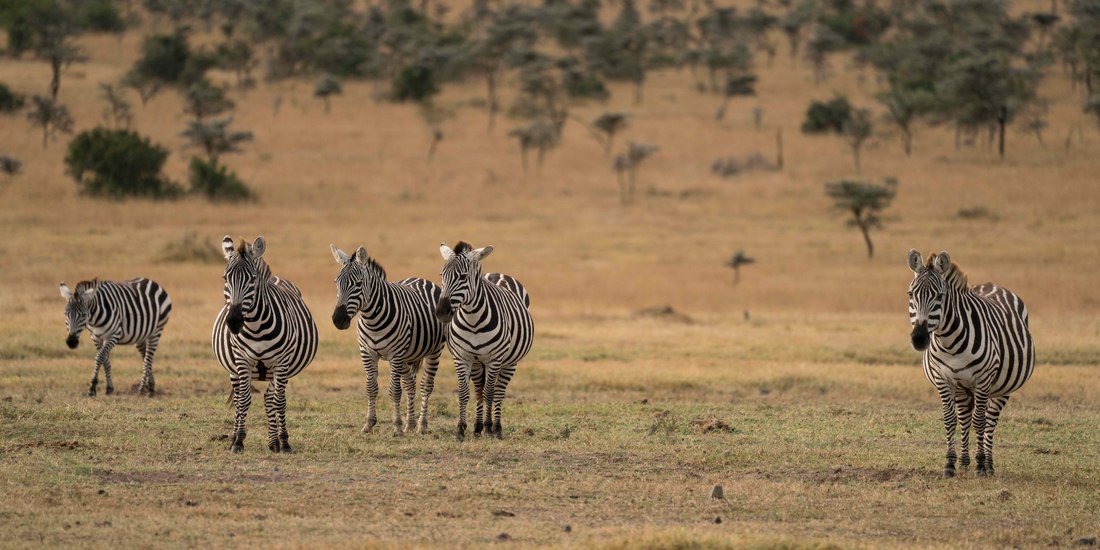
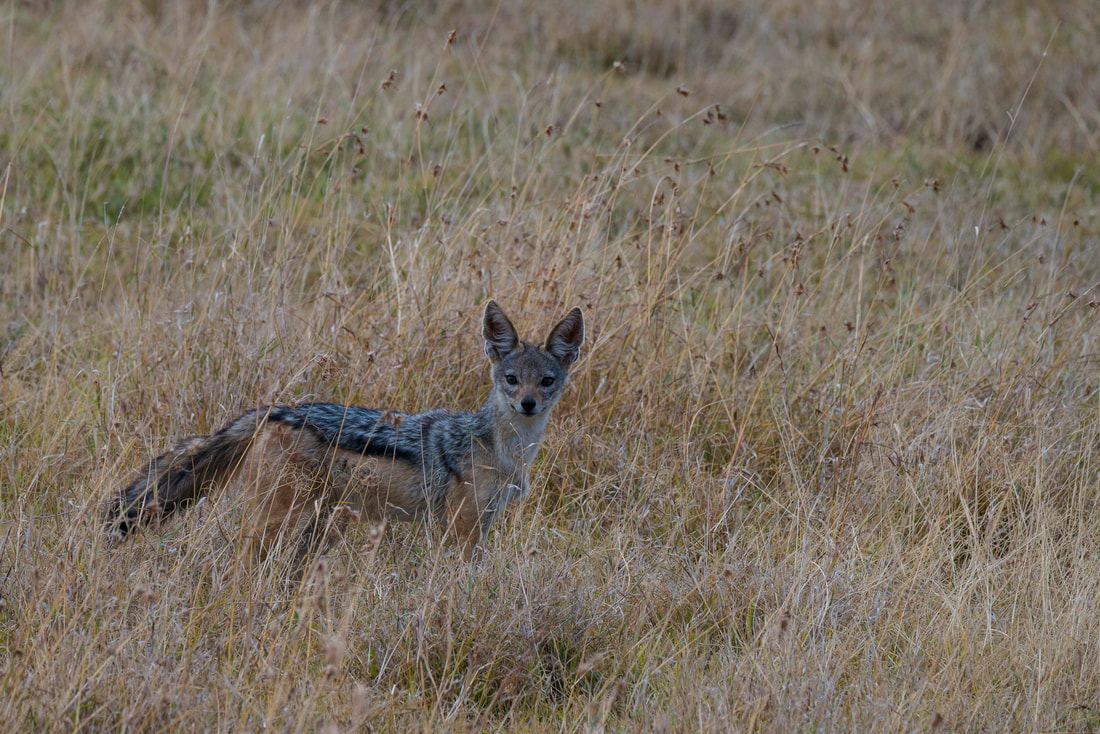
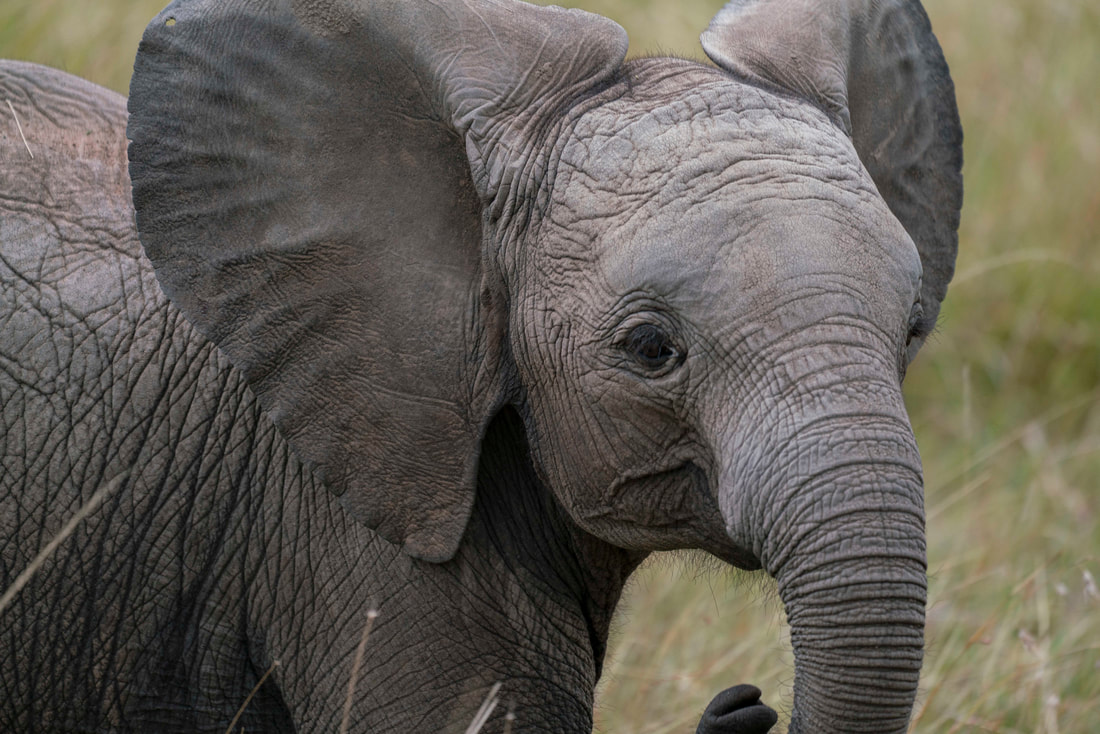
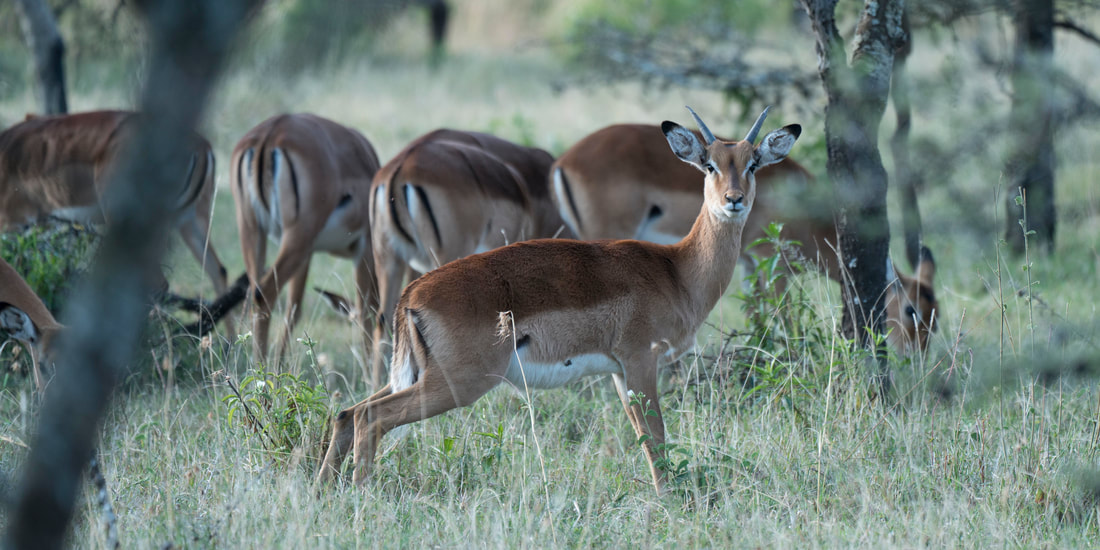
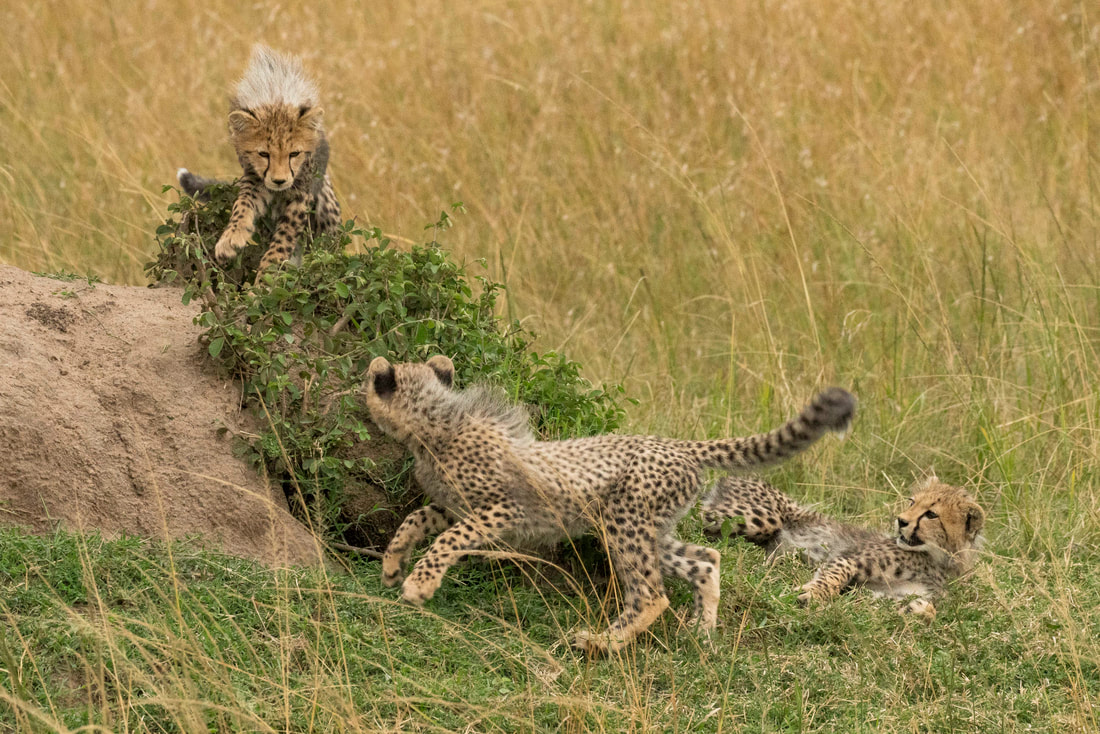
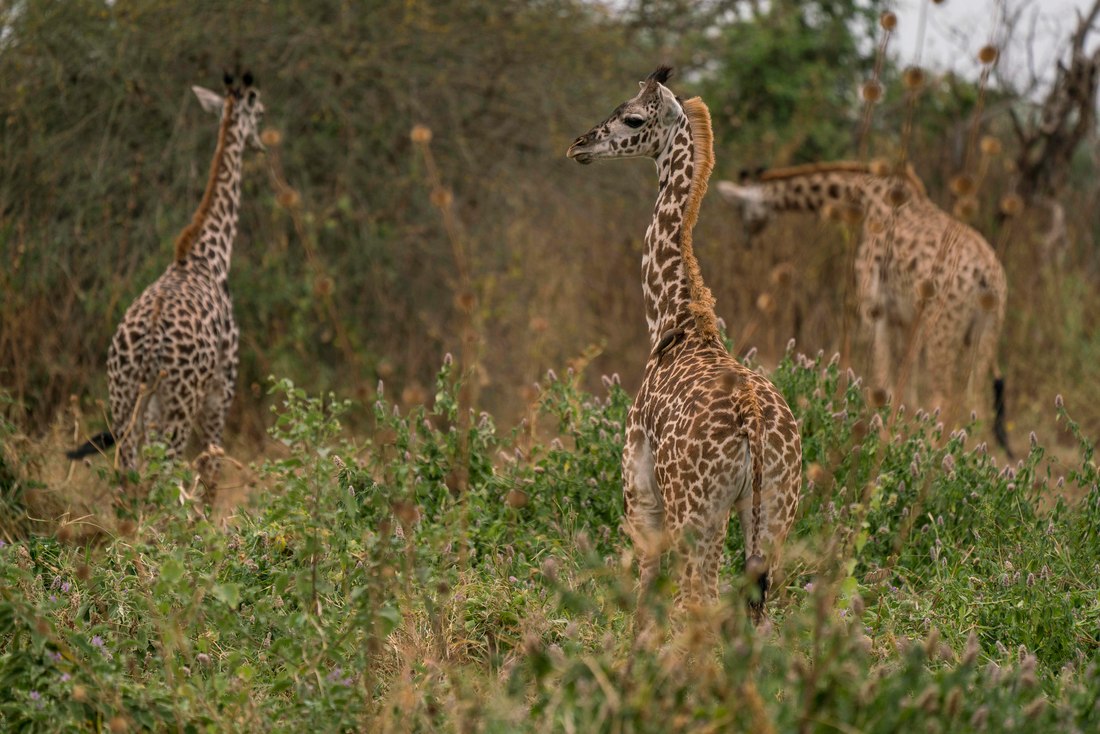
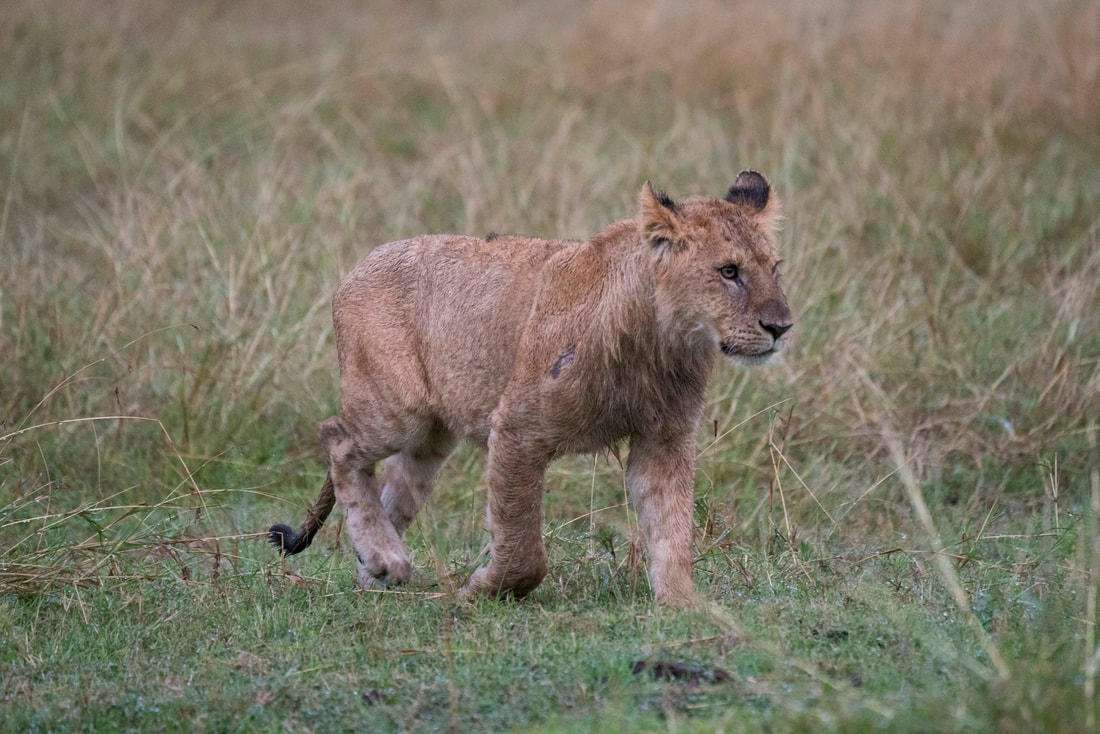
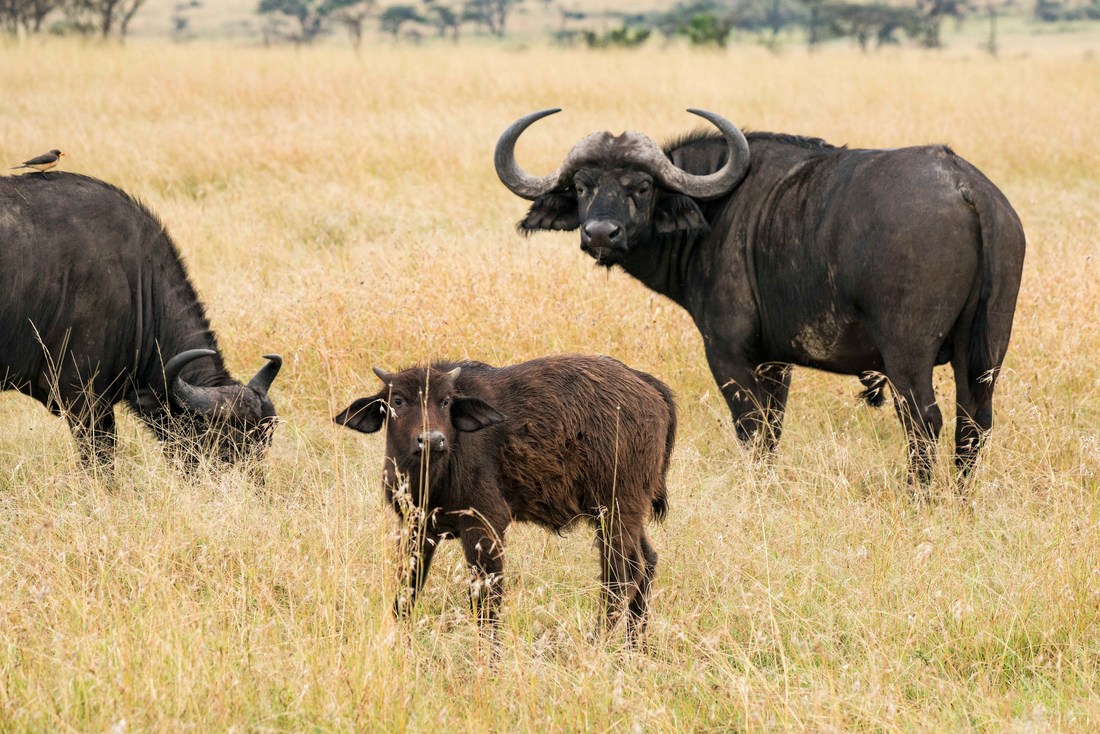
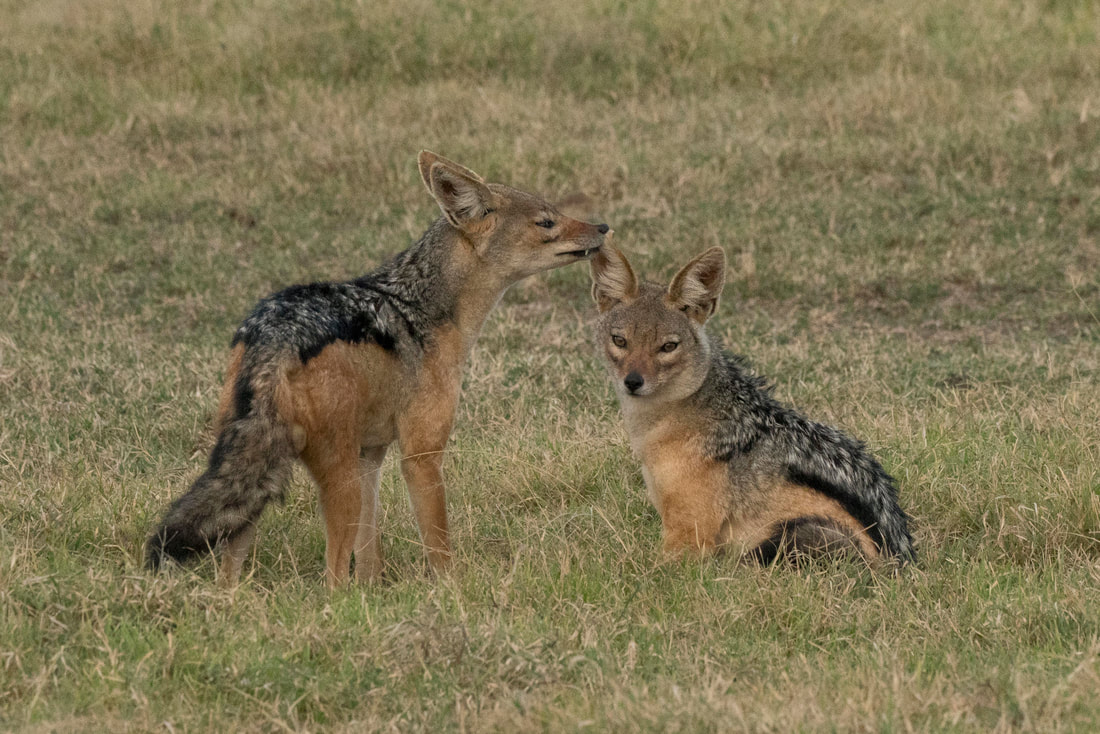
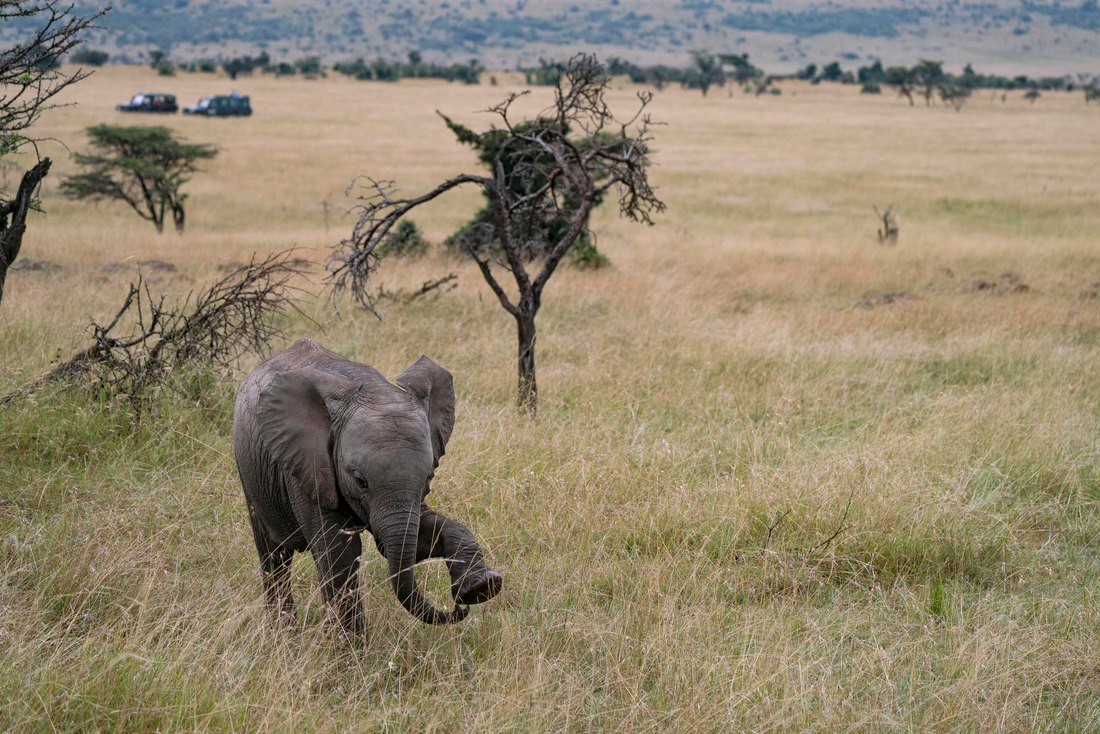
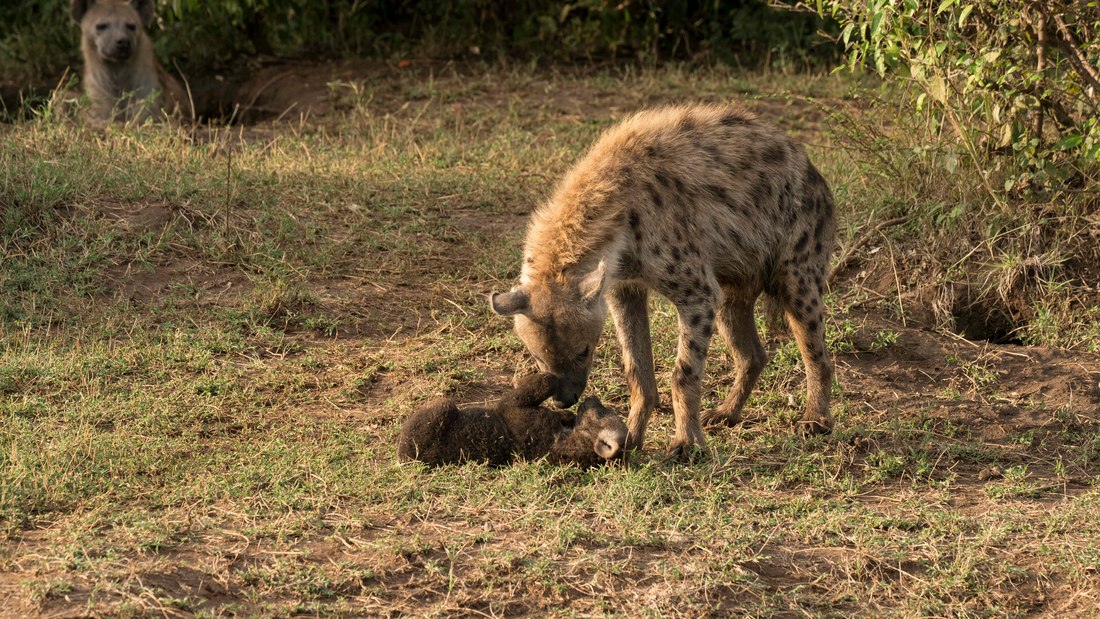
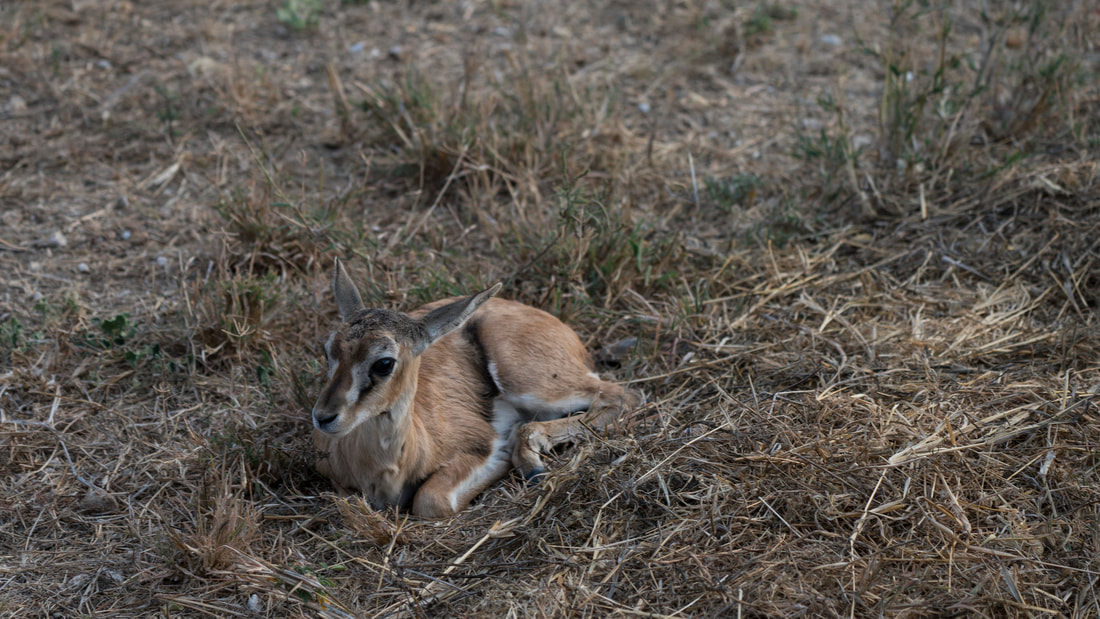
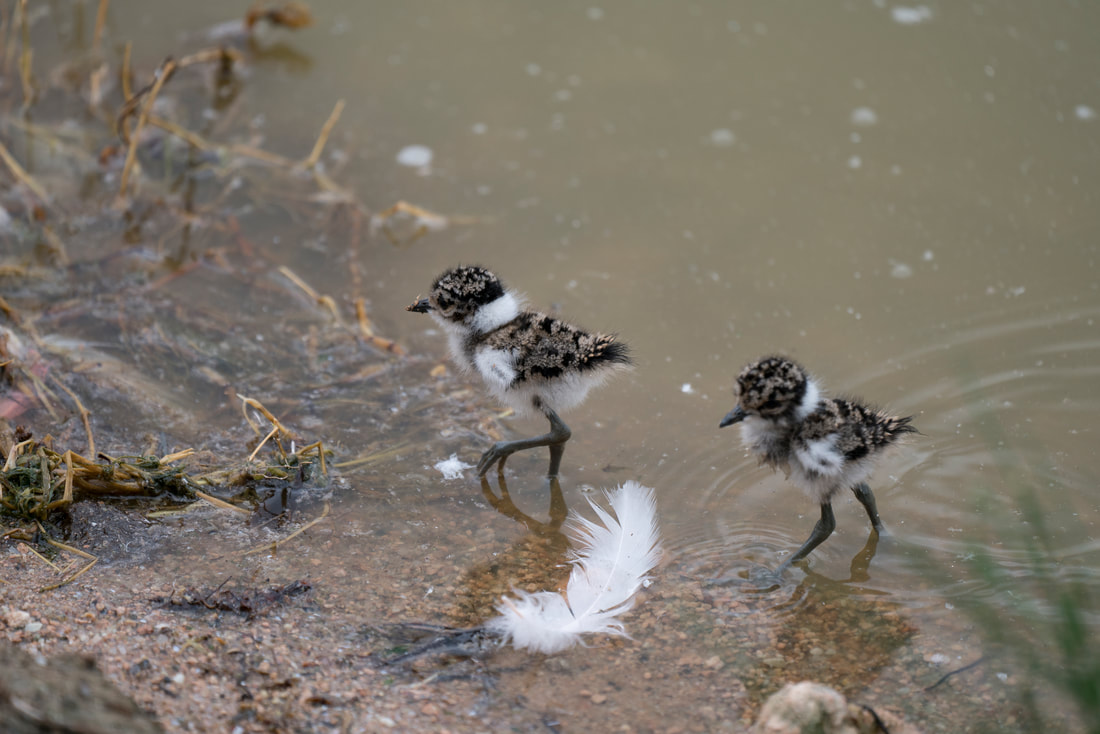
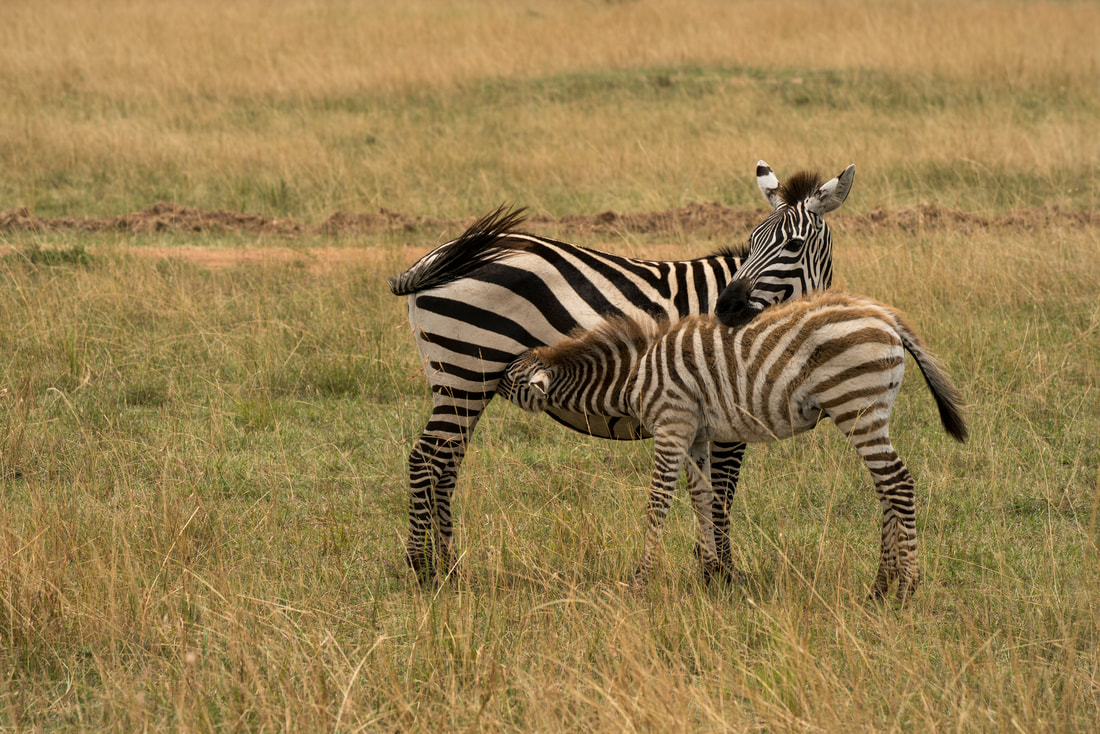
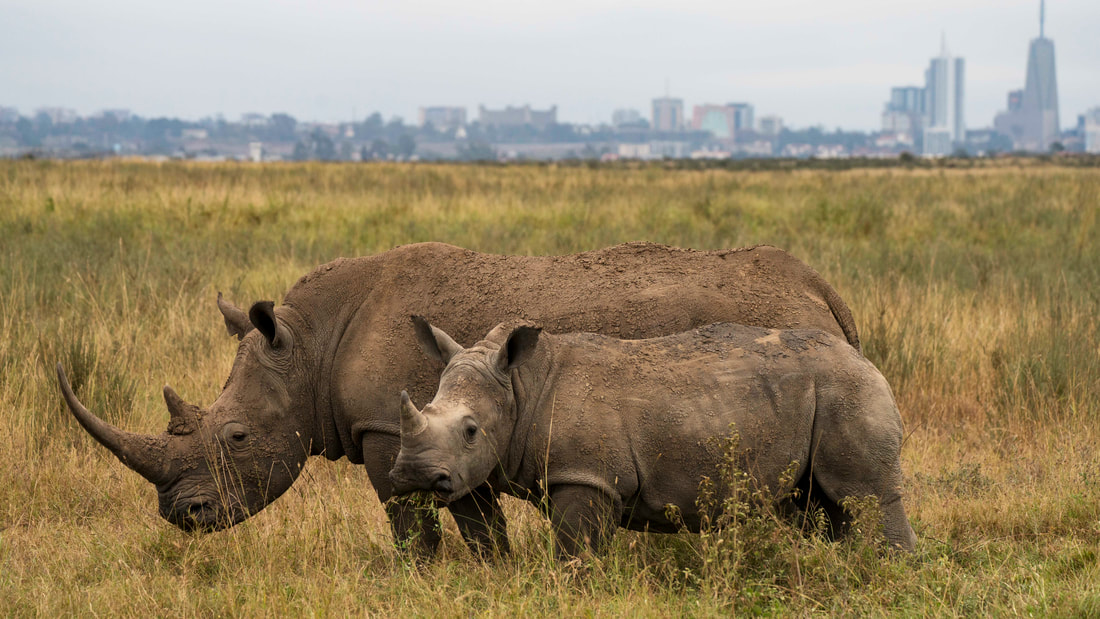
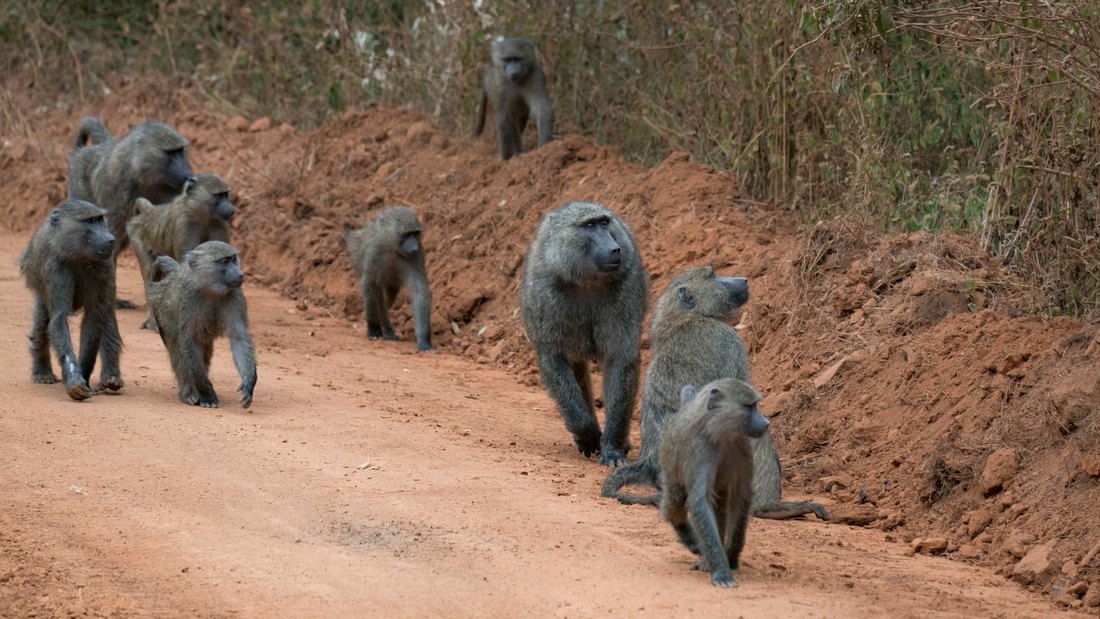
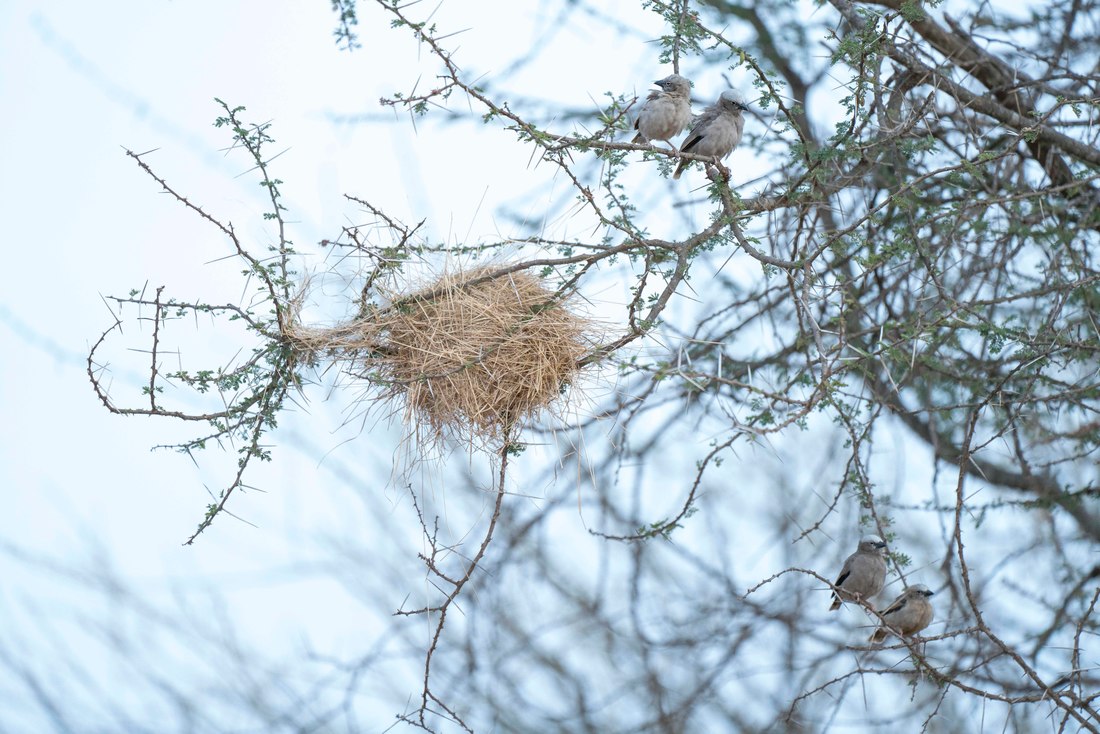
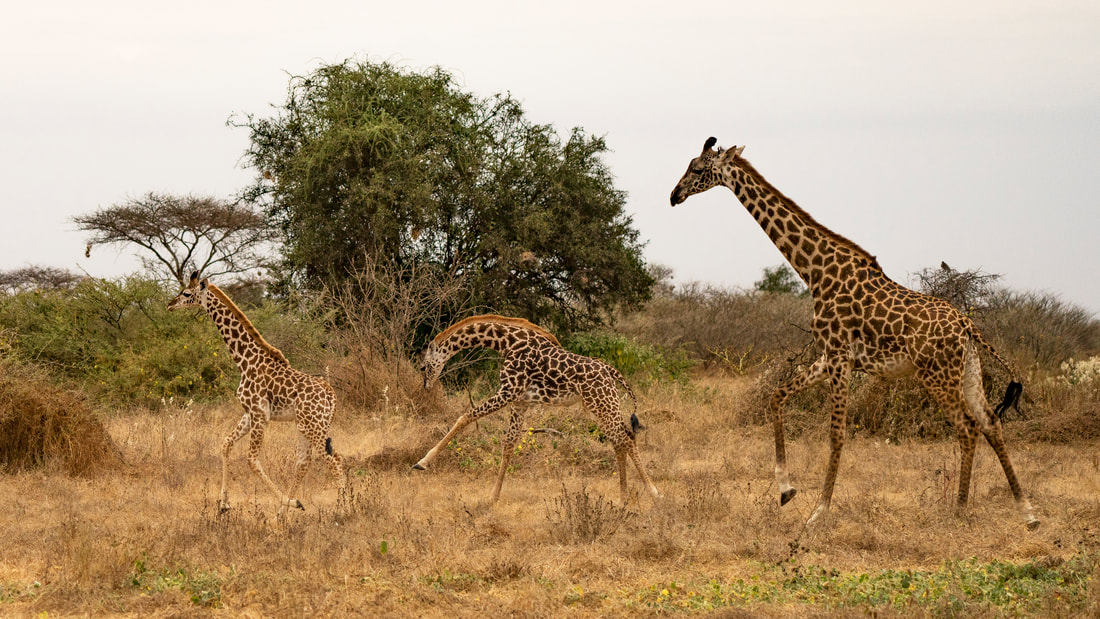
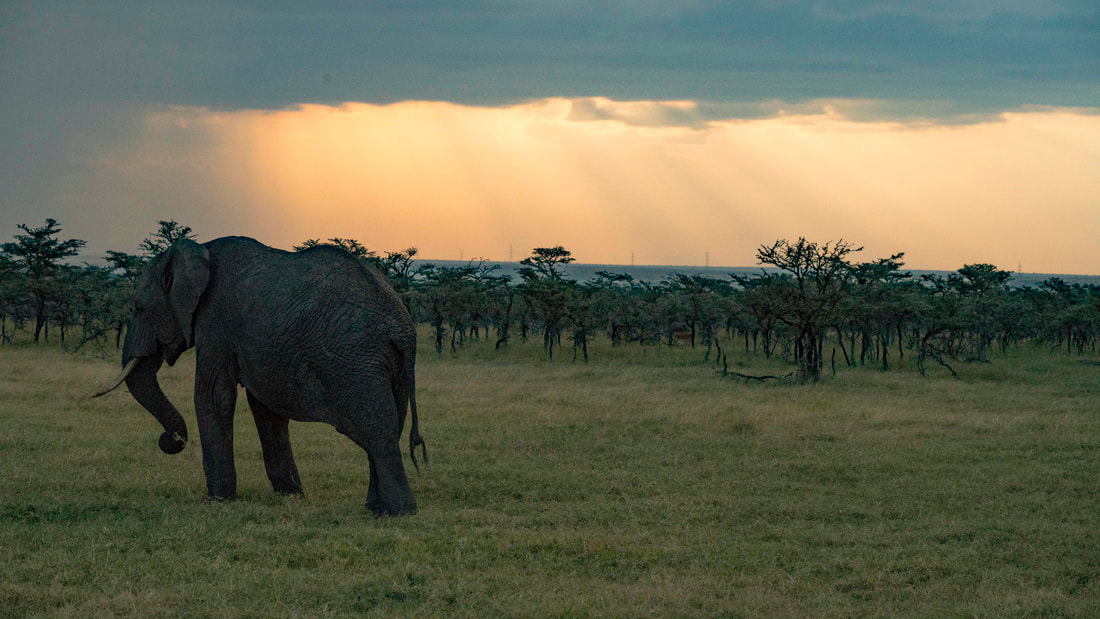
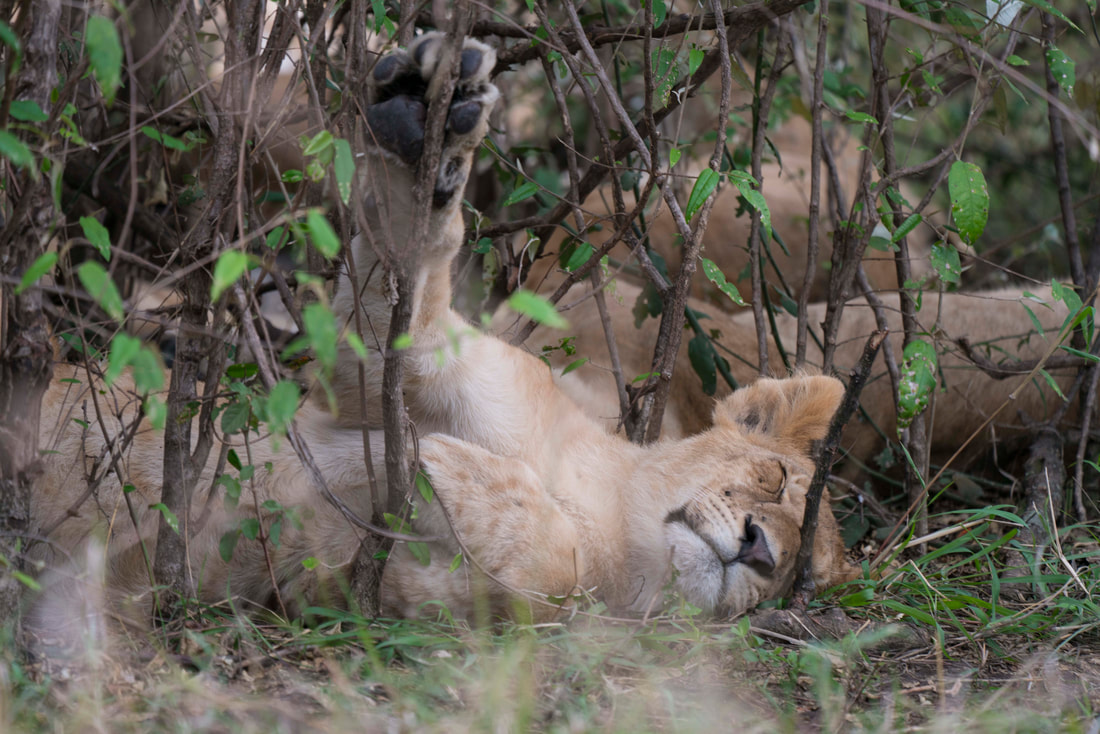
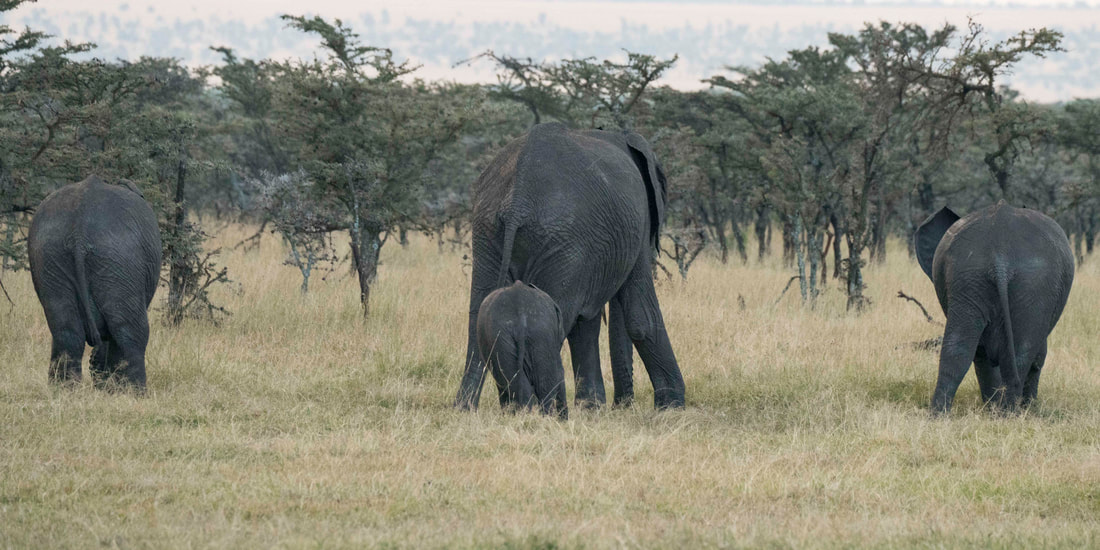
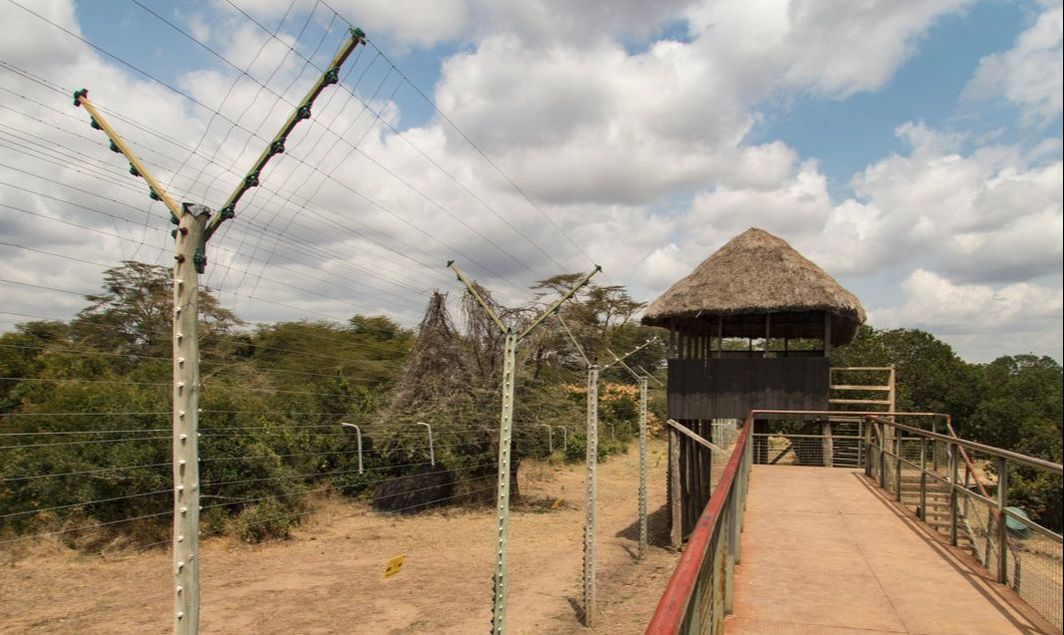
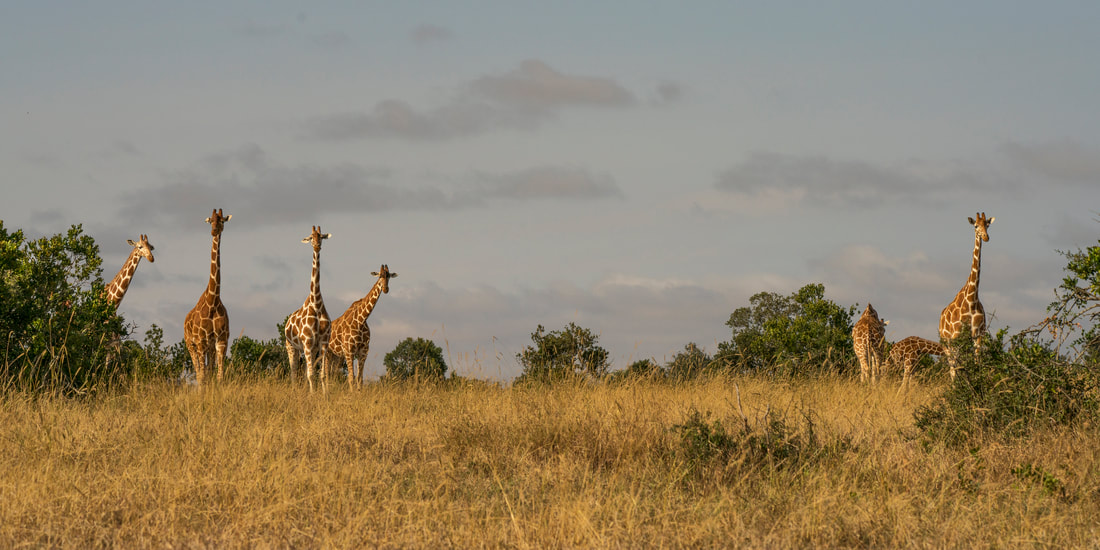
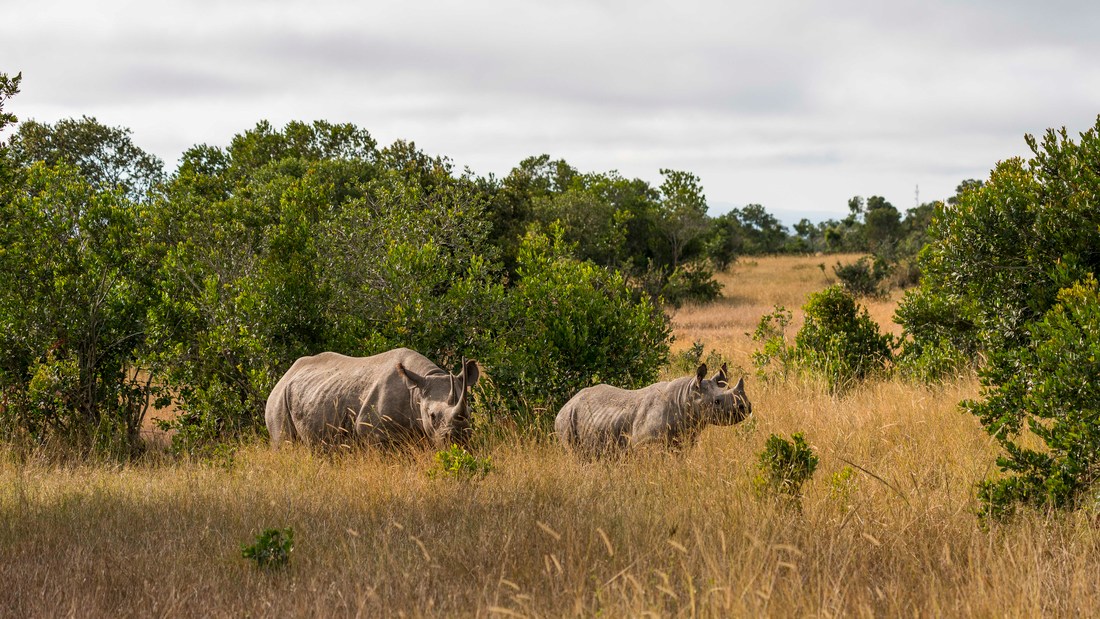
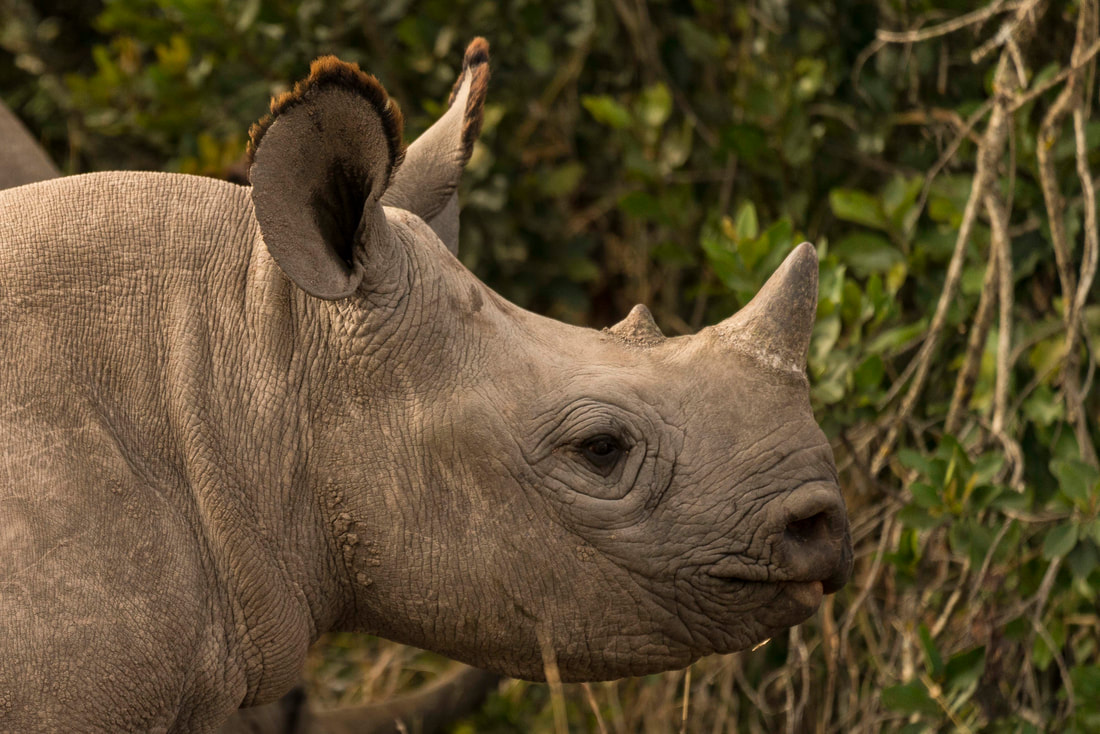
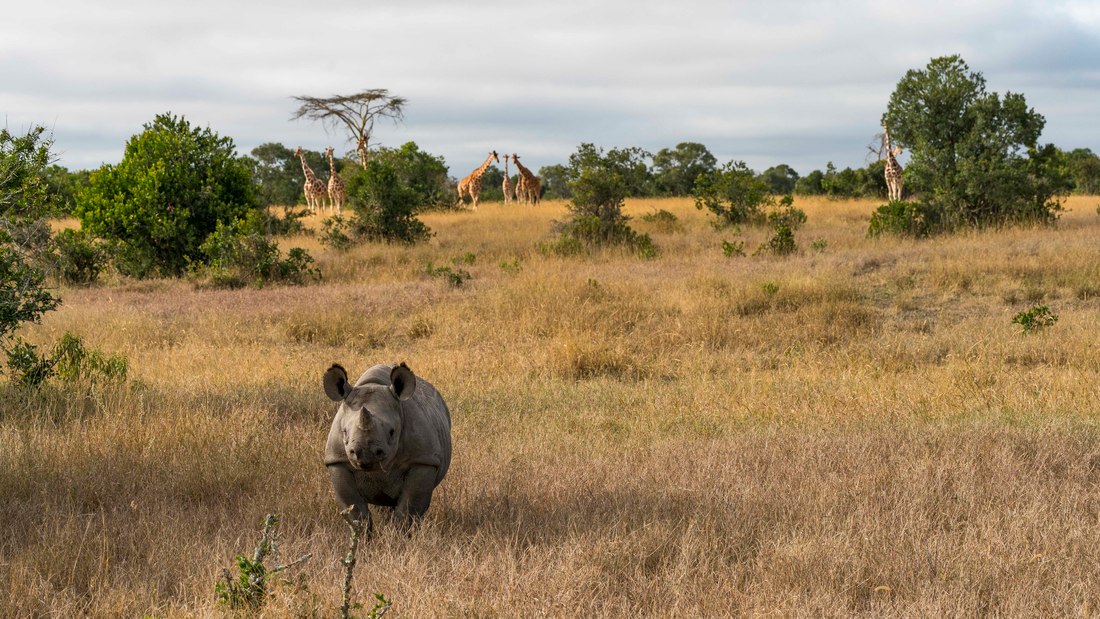
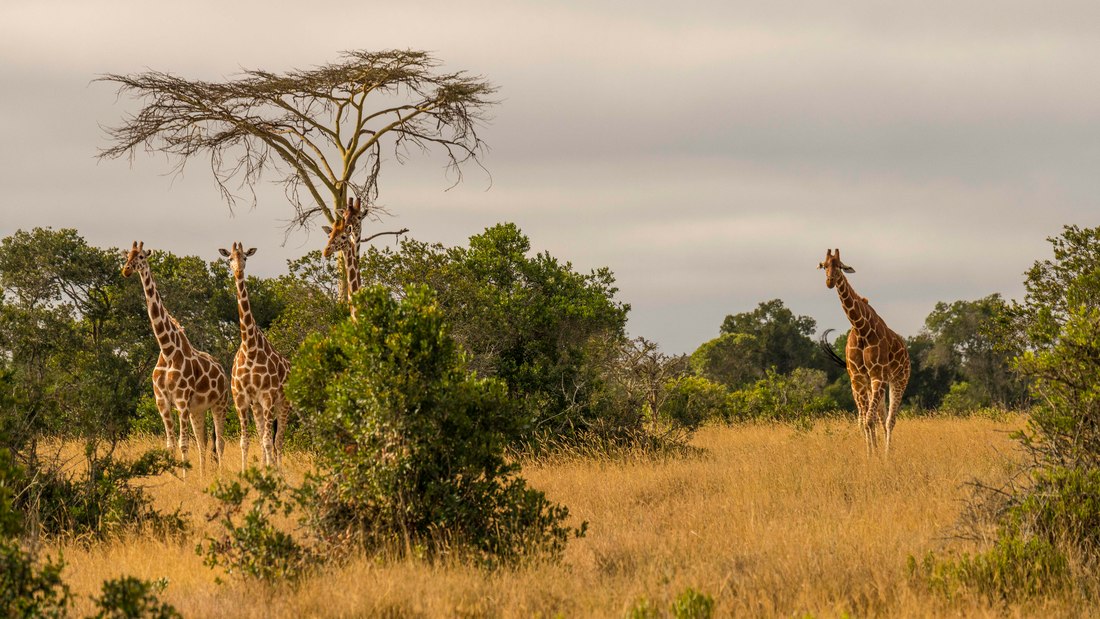
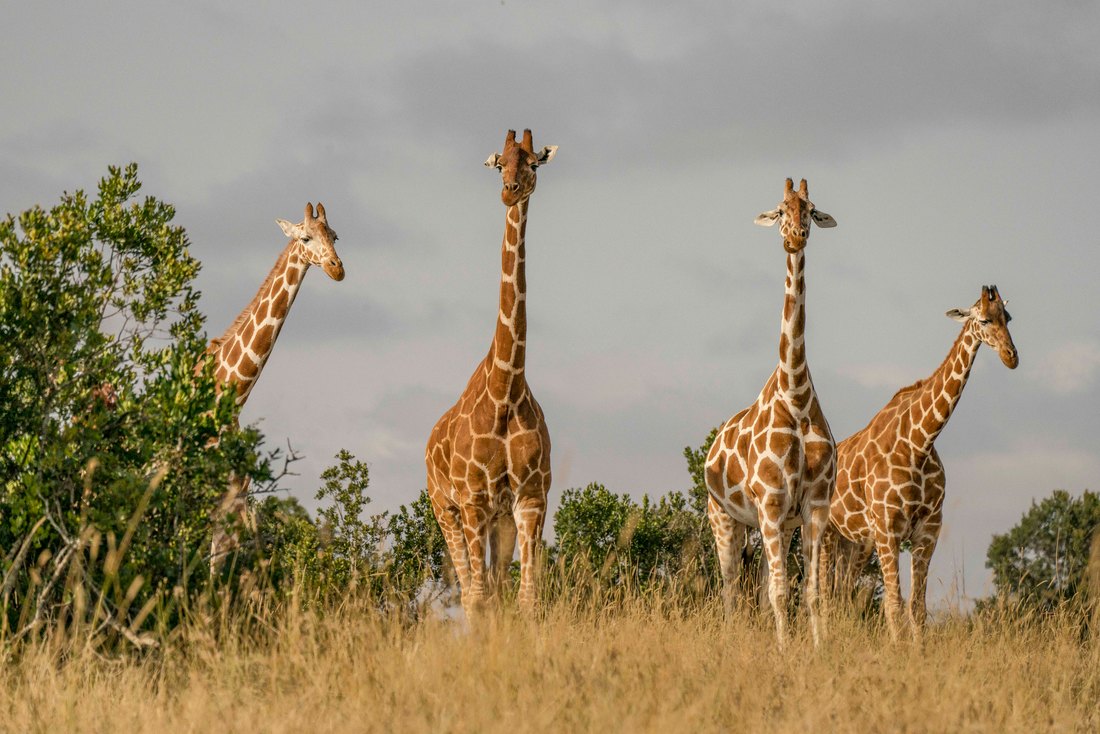
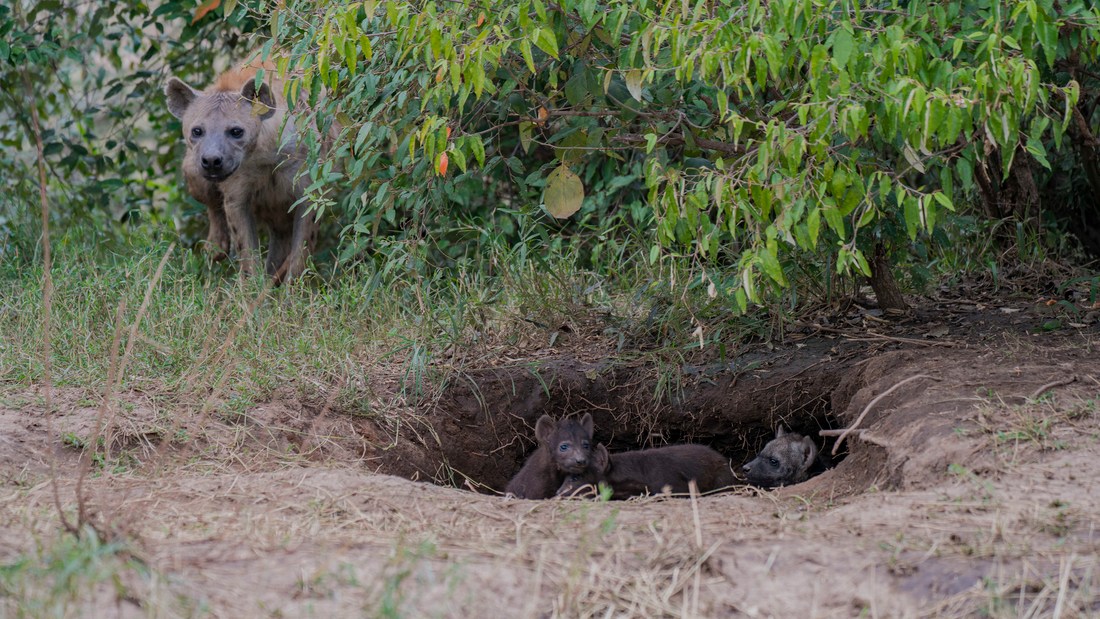
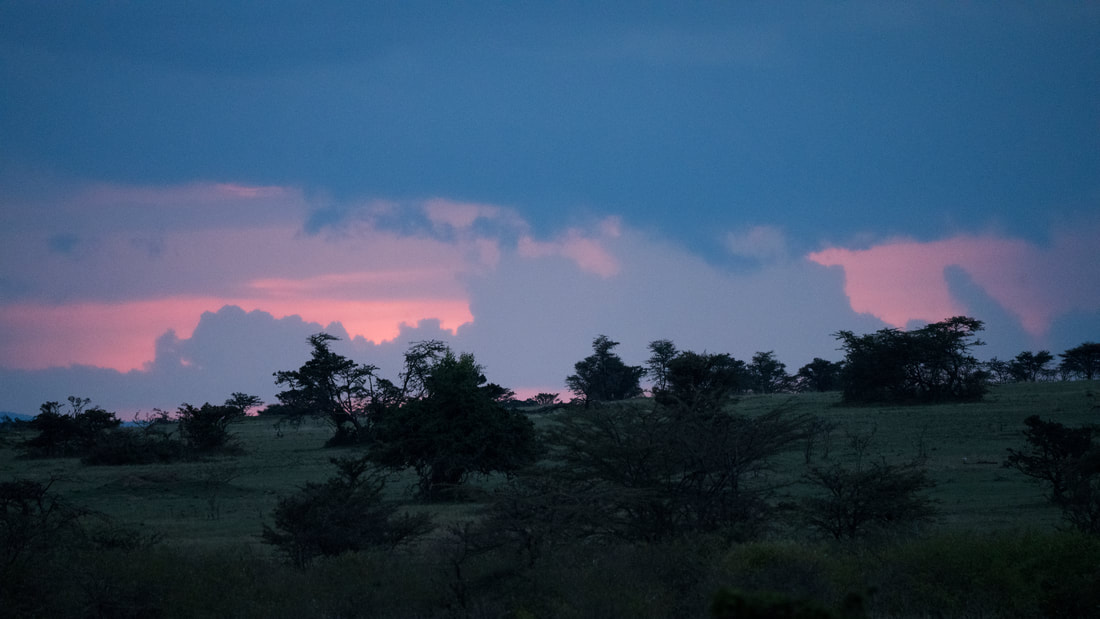
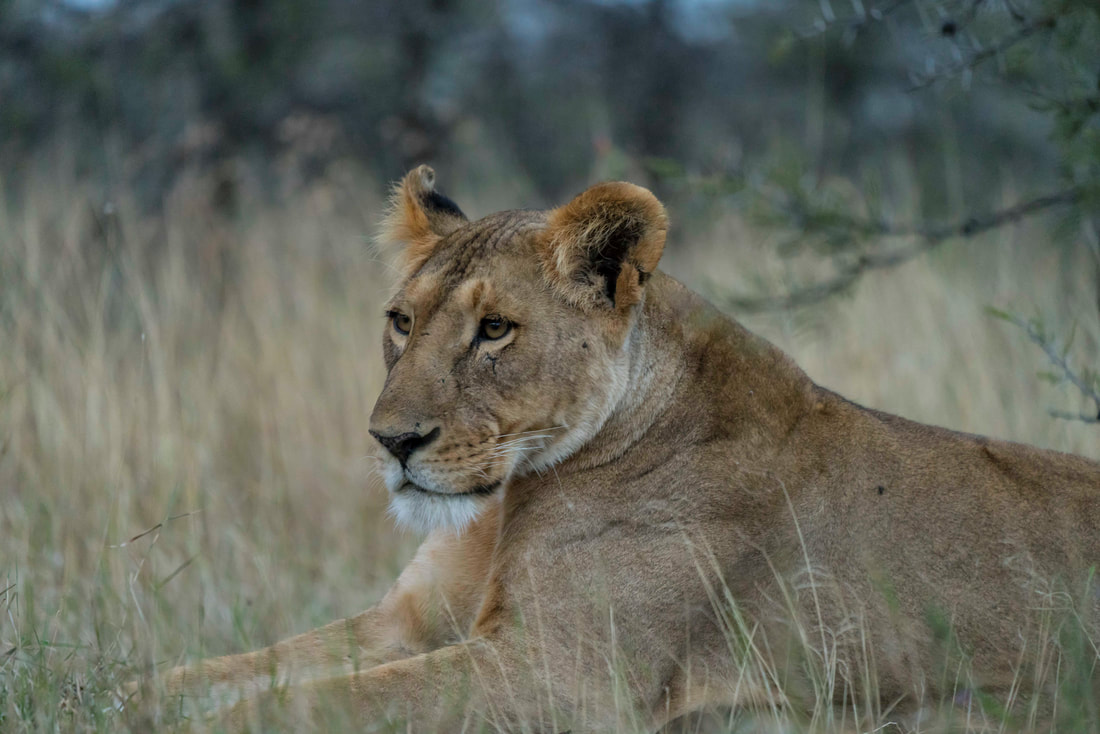
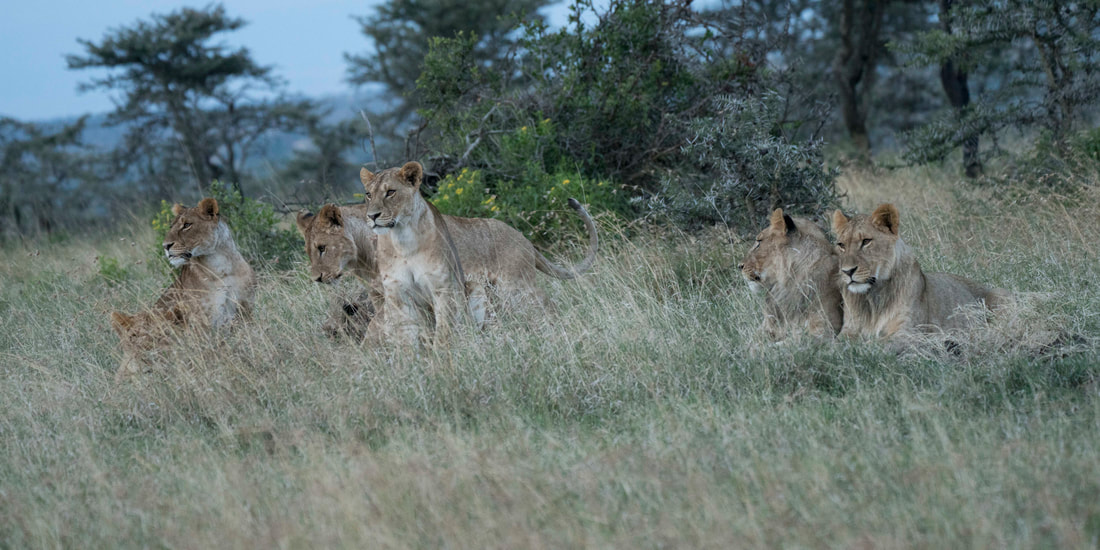
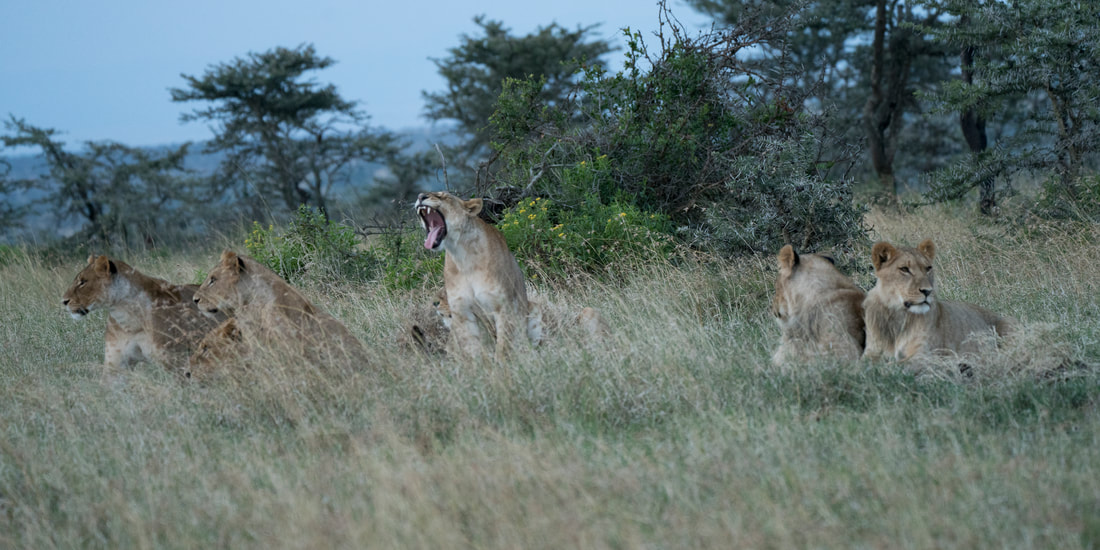
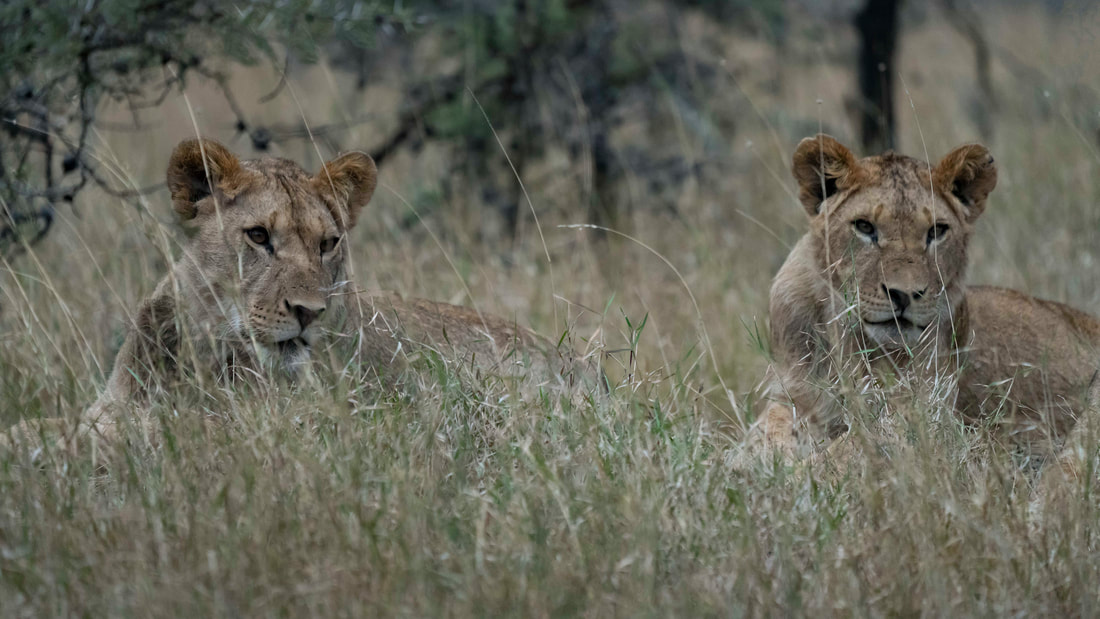
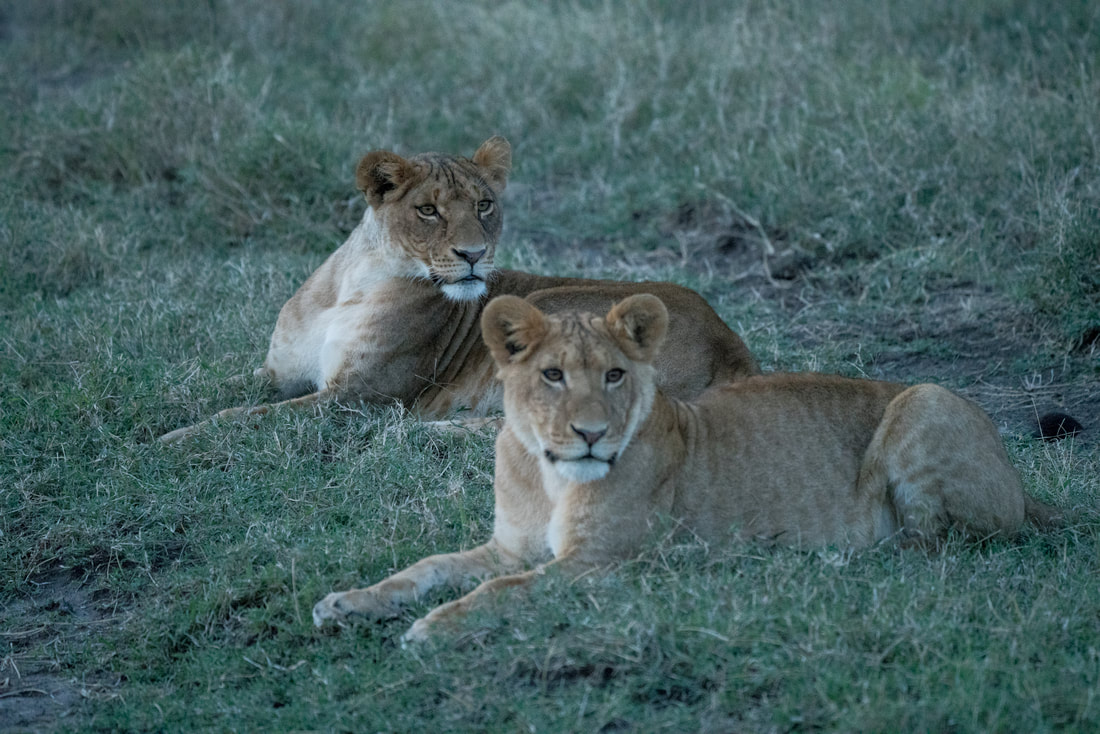
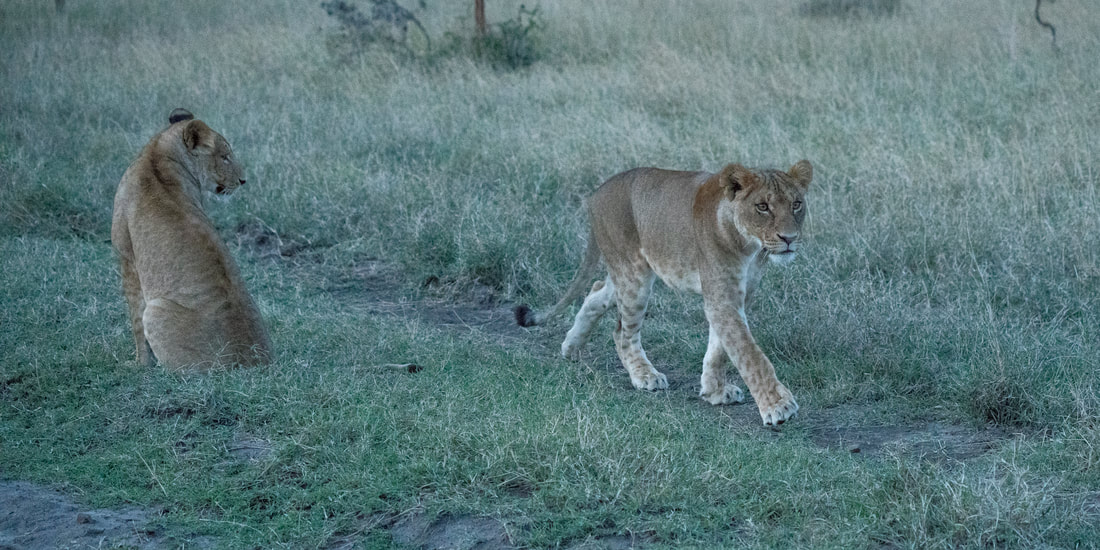
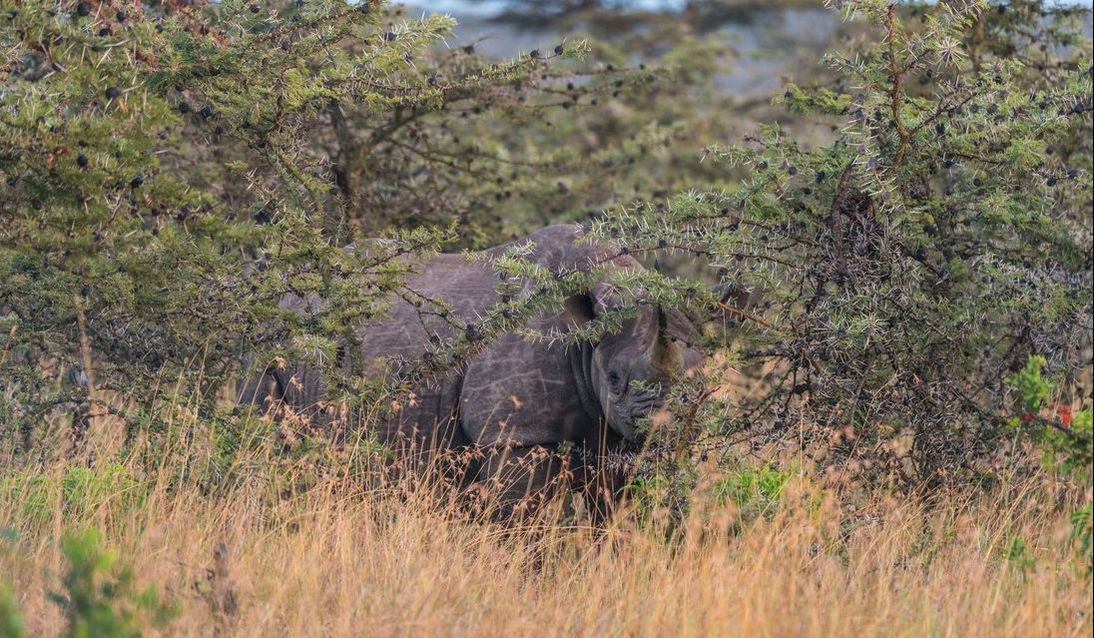
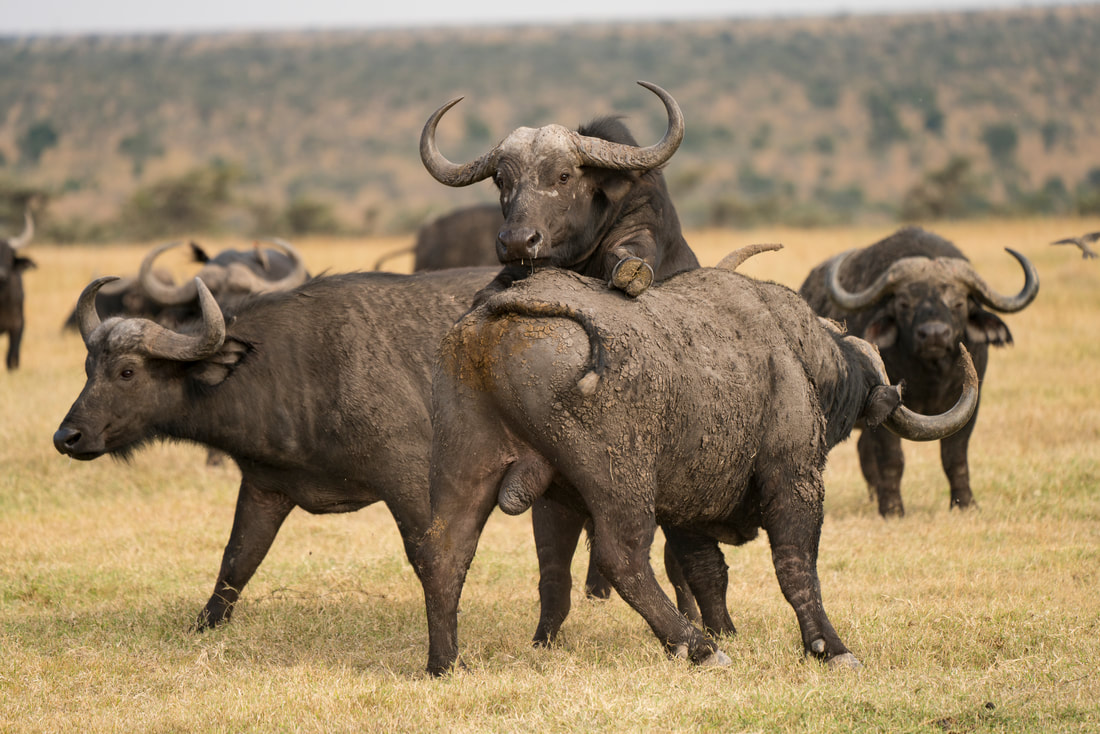
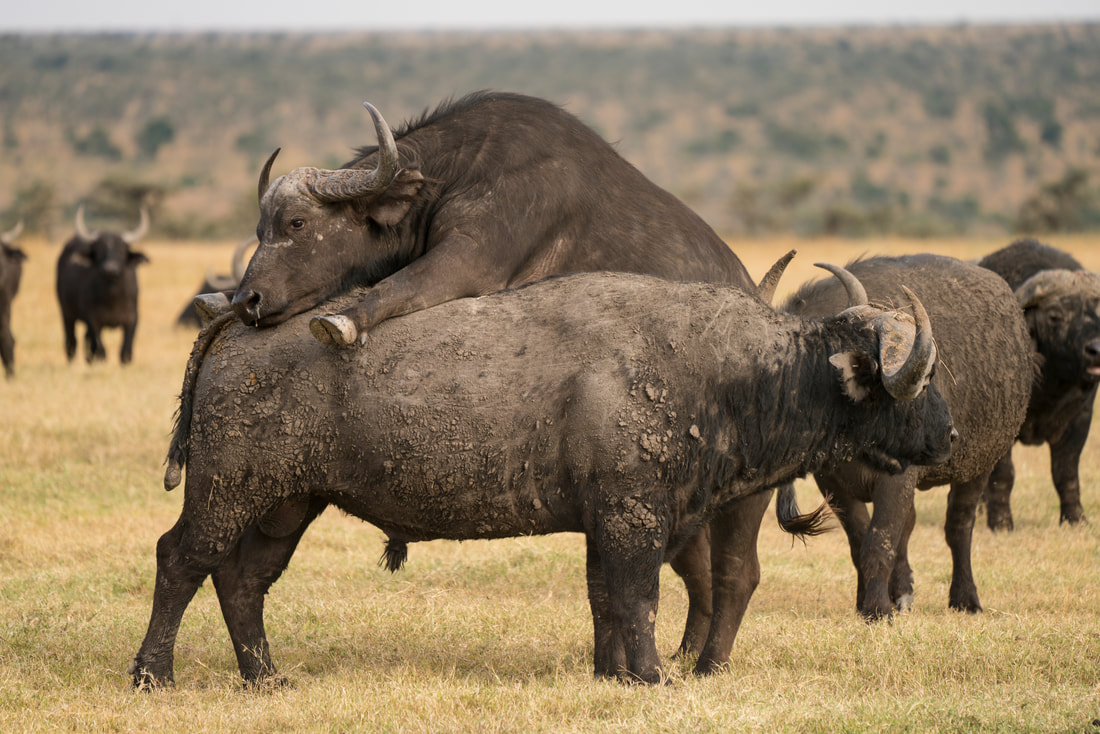
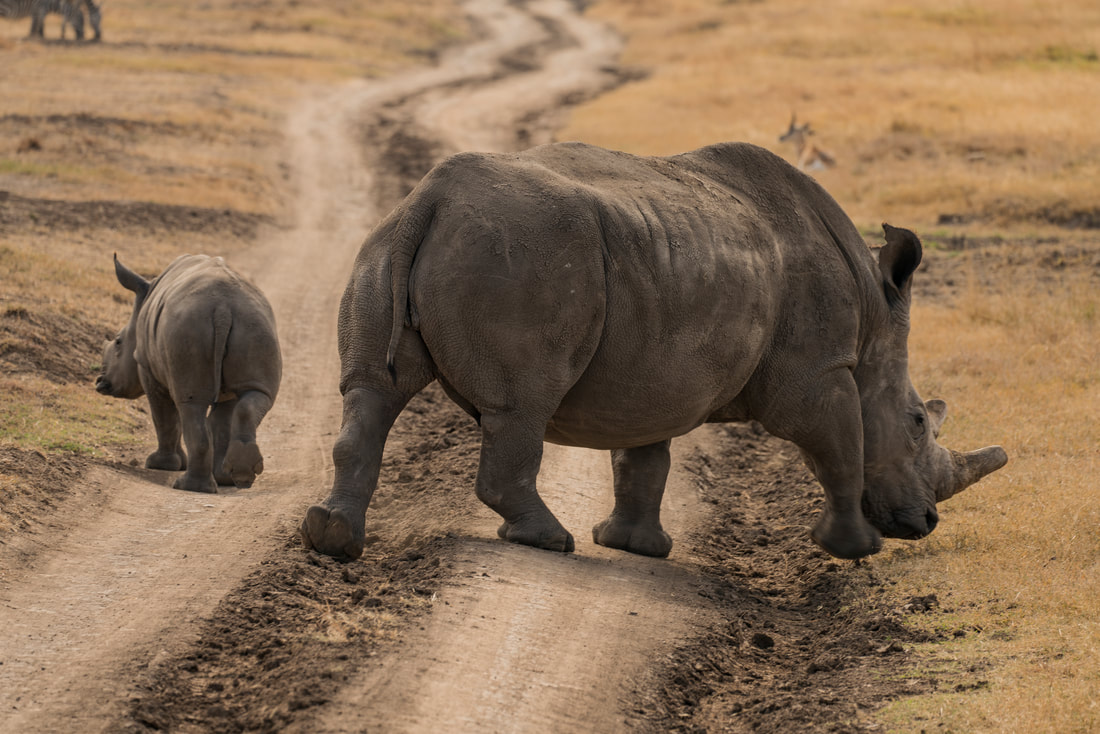
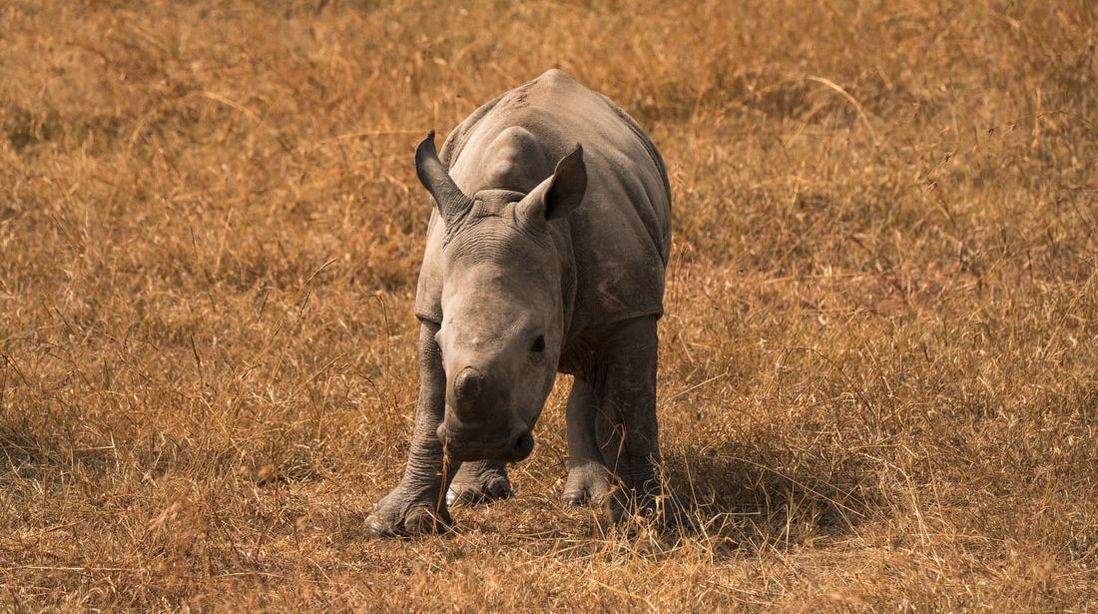
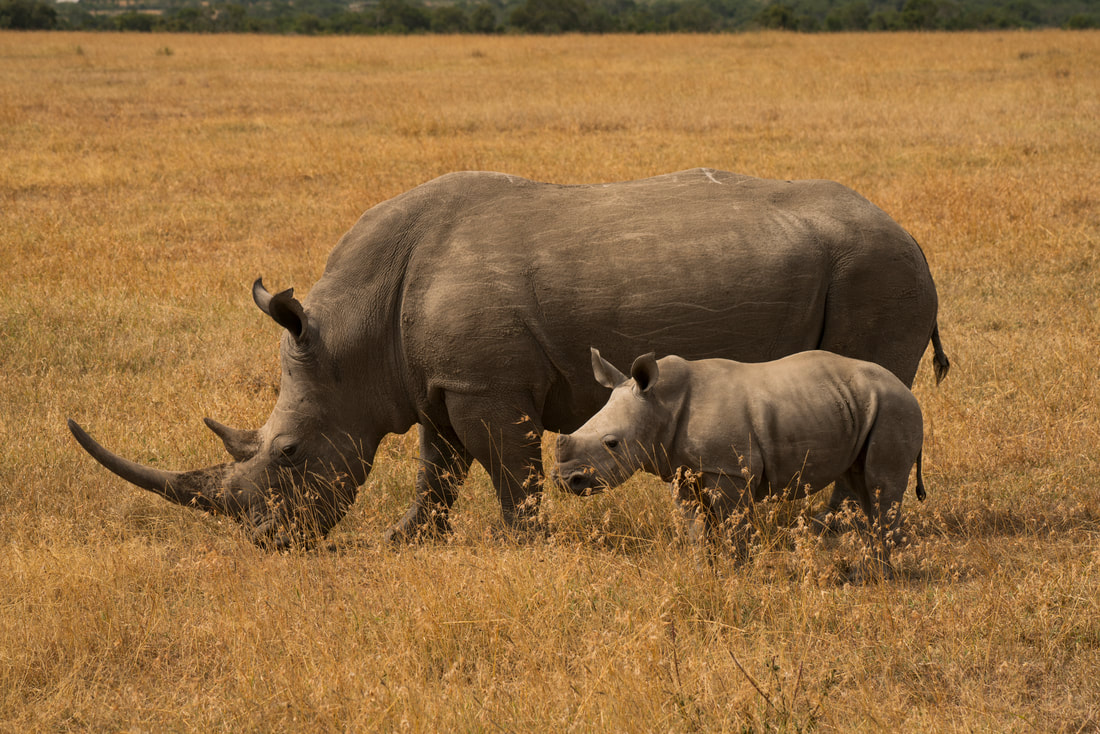
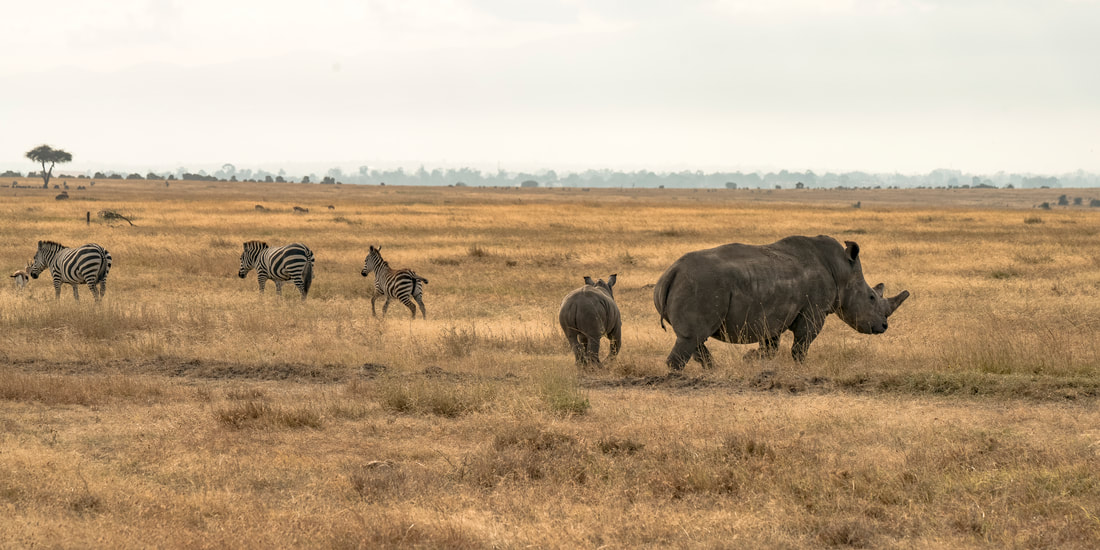
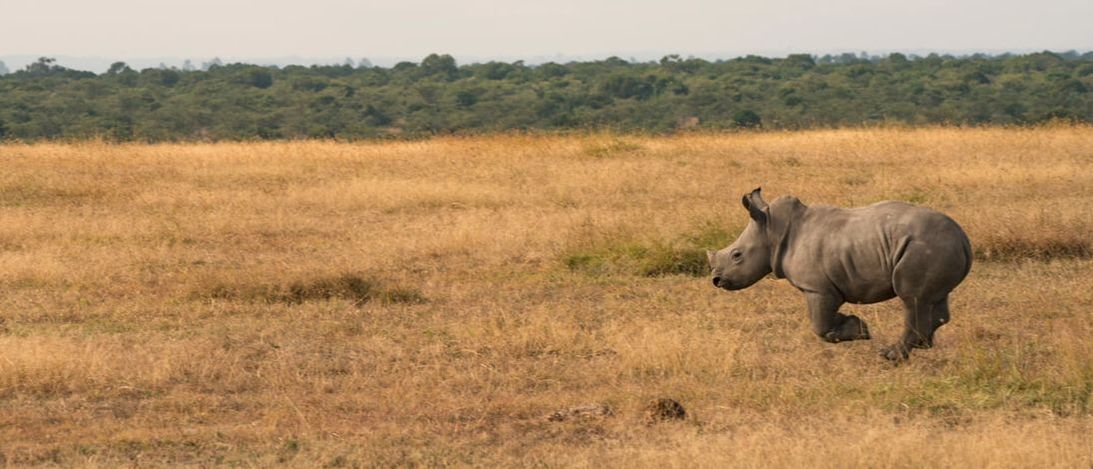
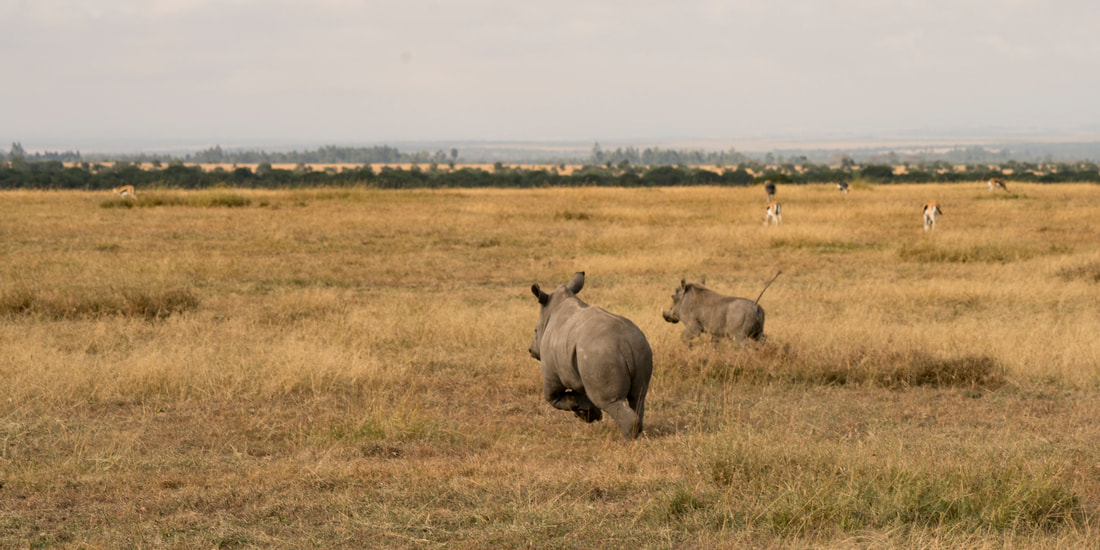
 RSS Feed
RSS Feed